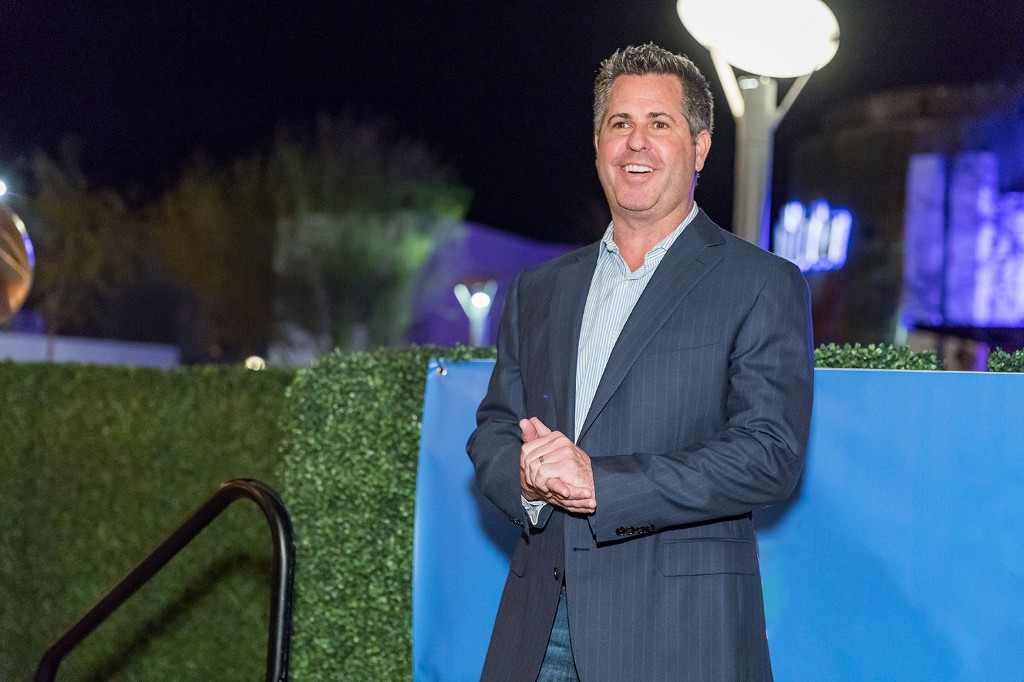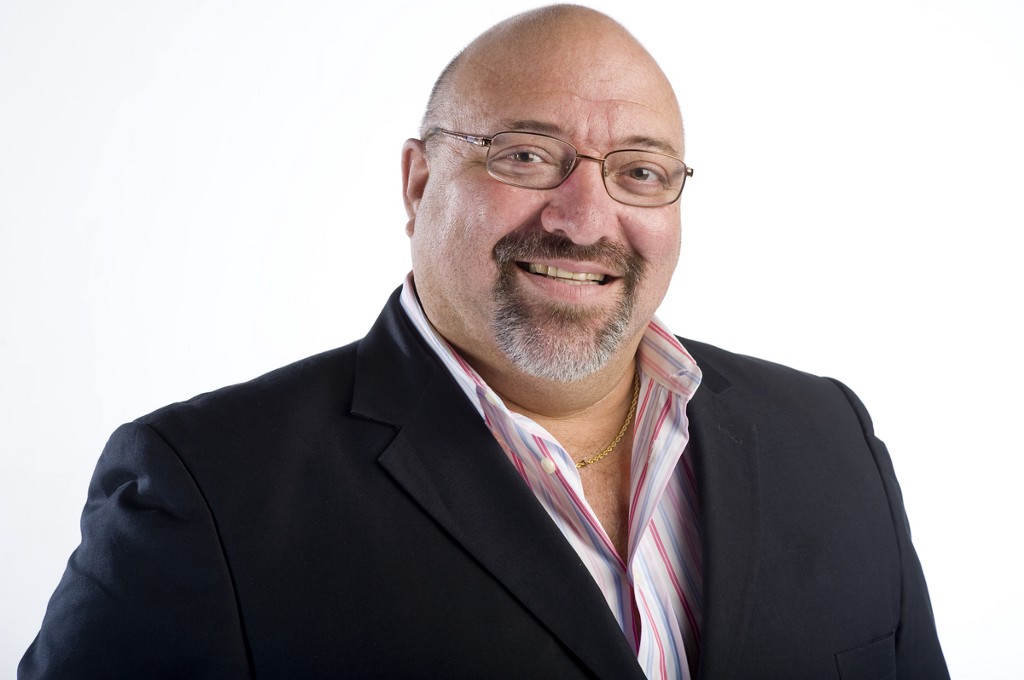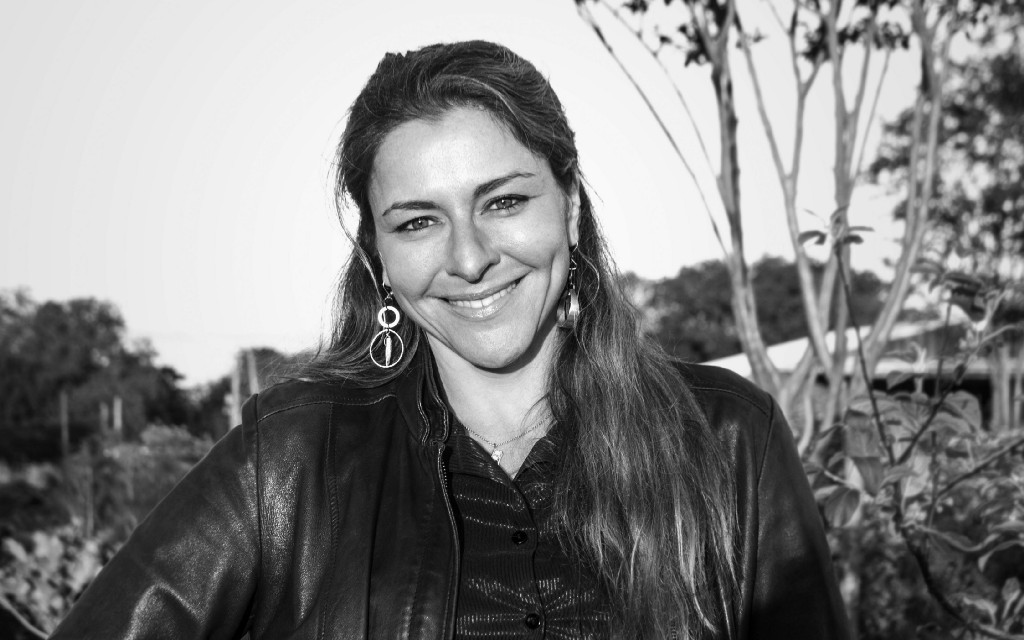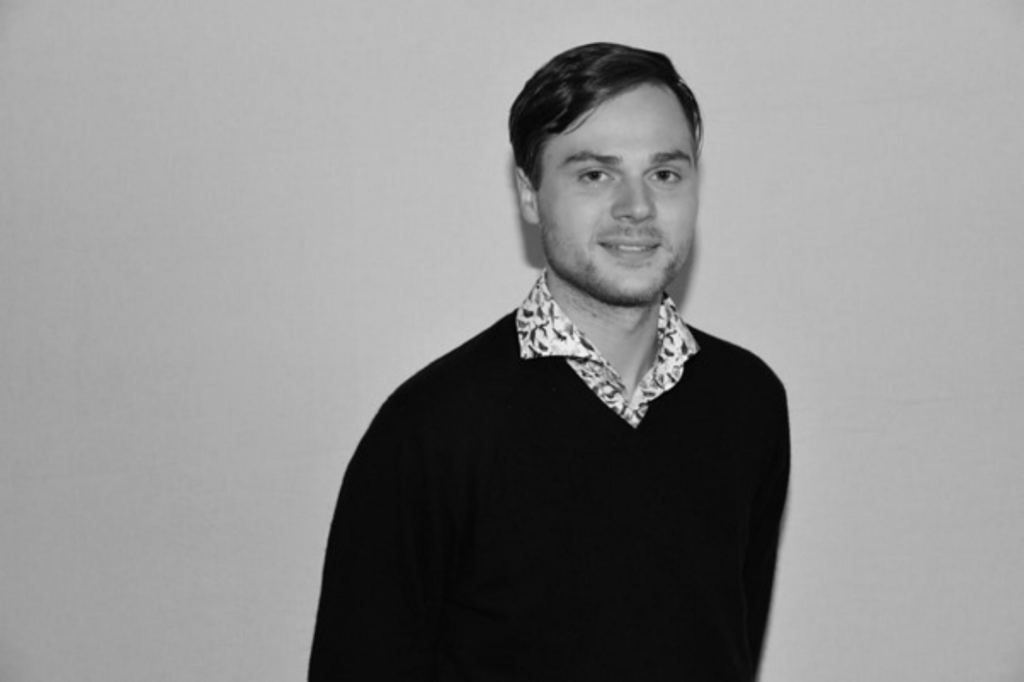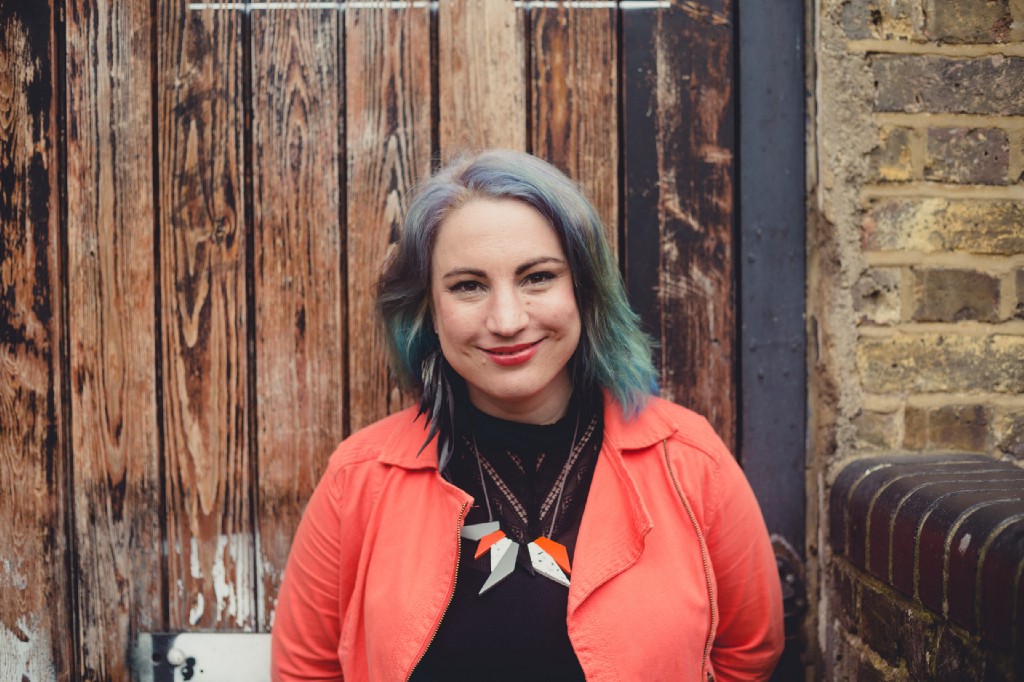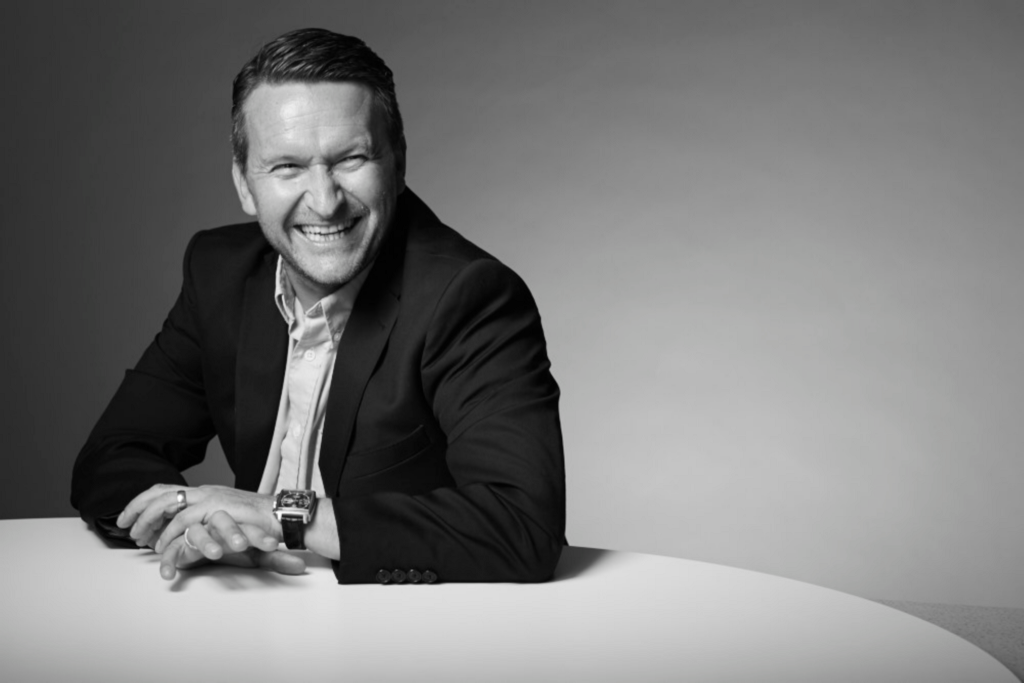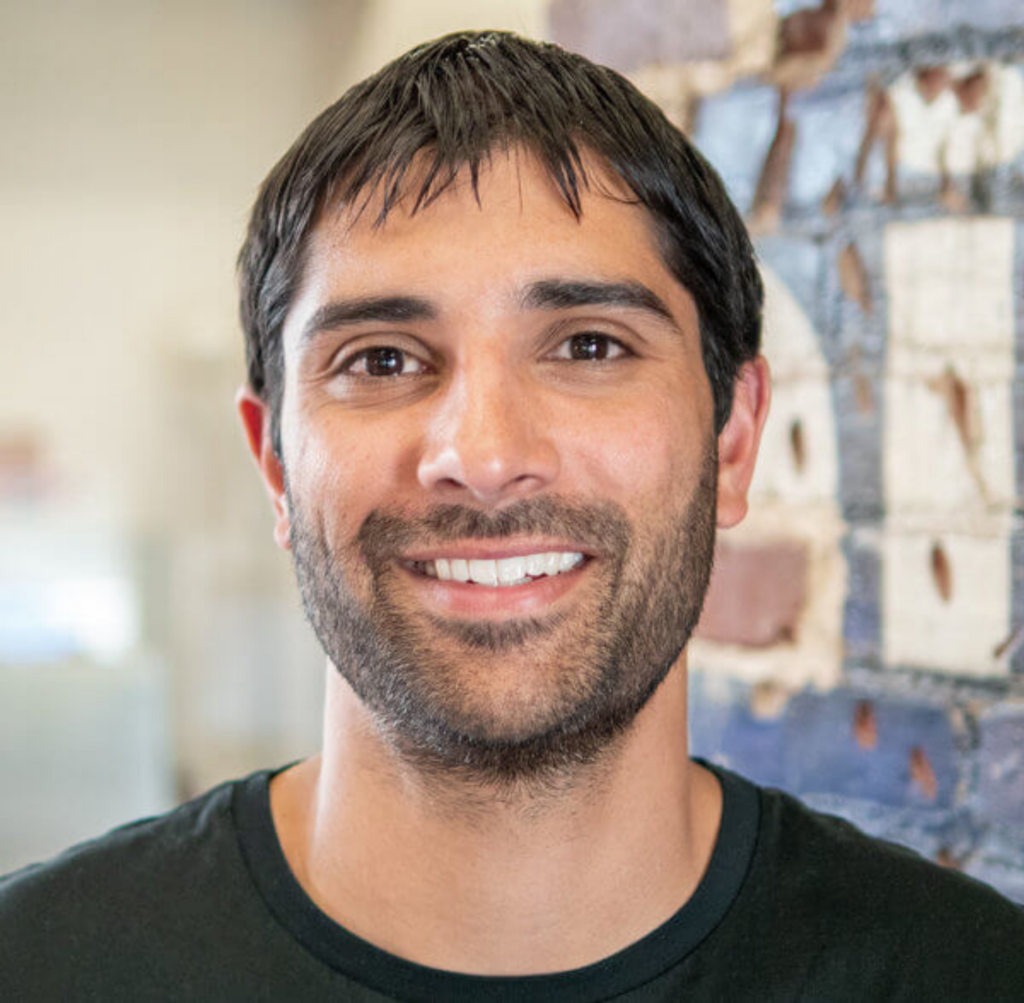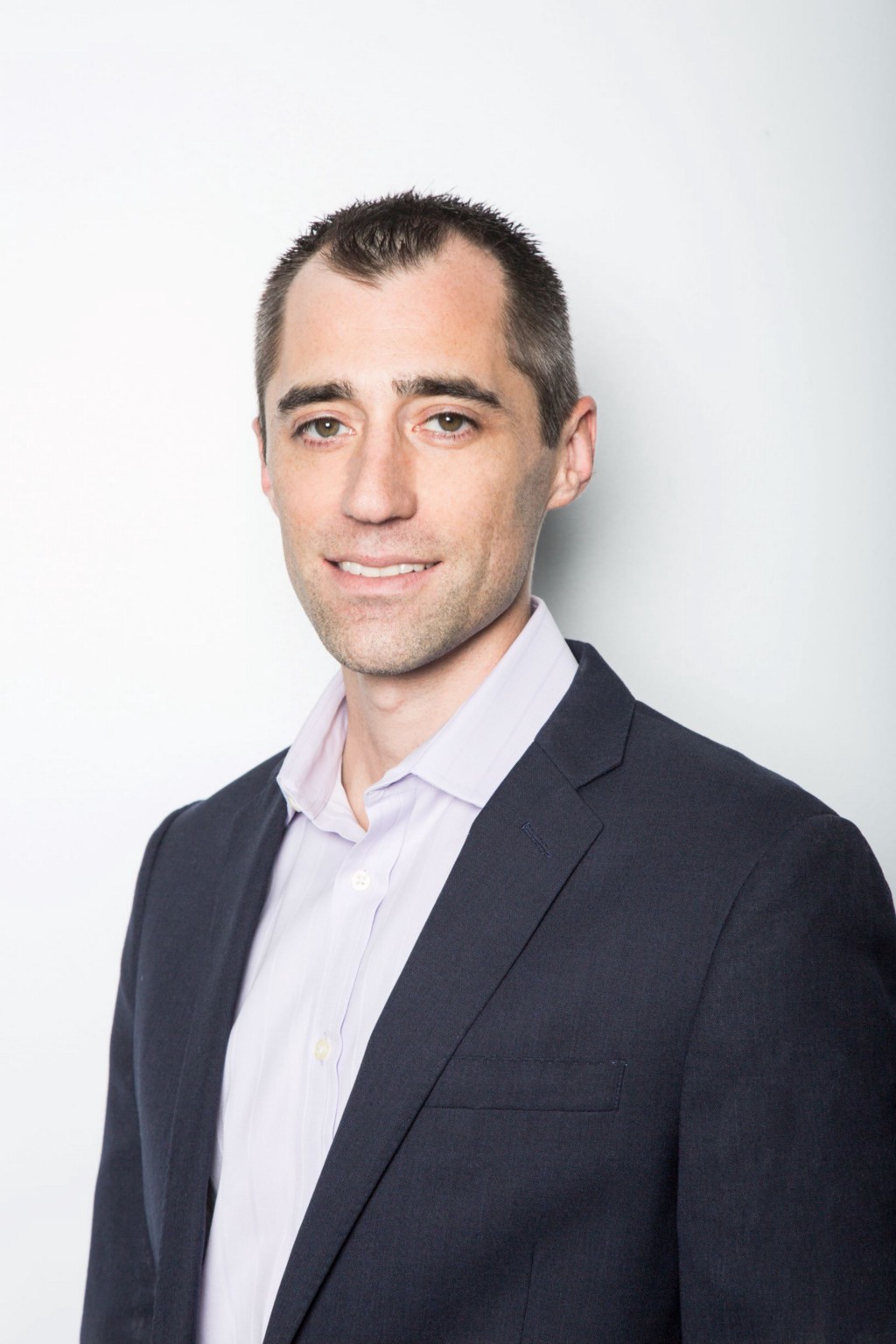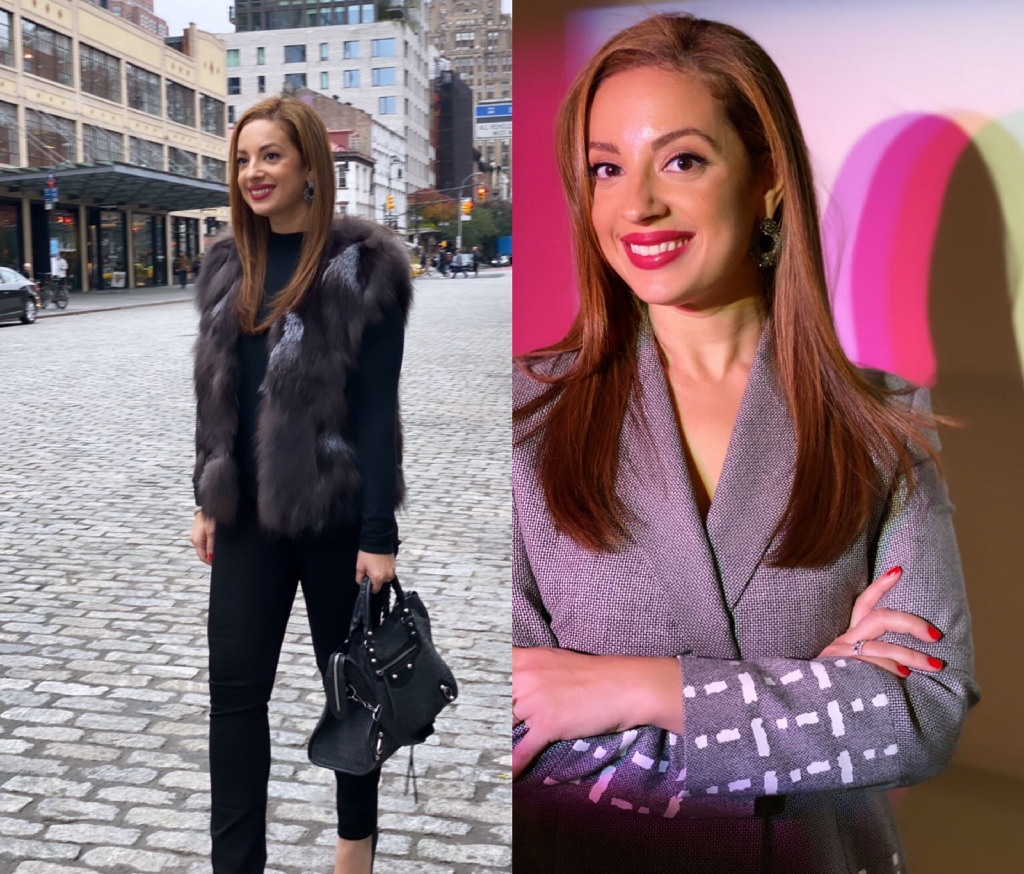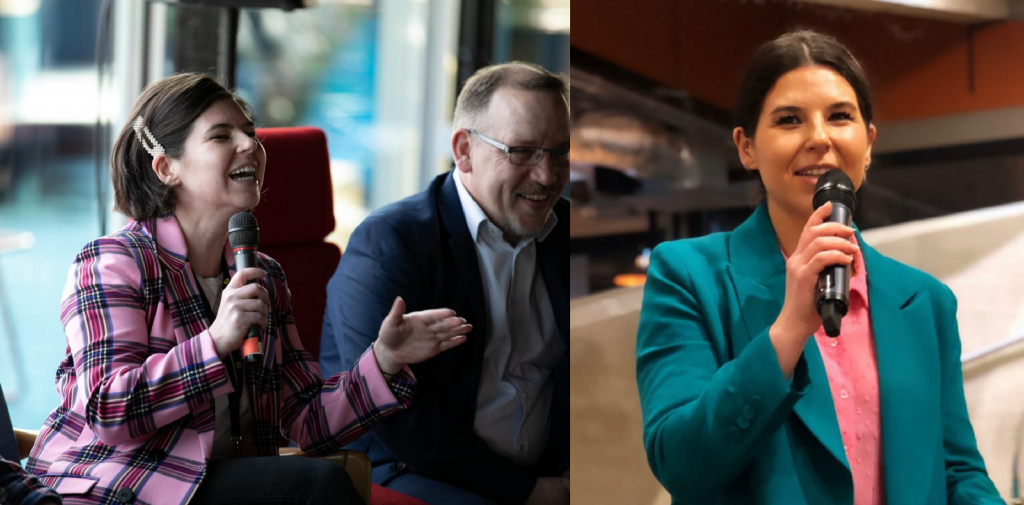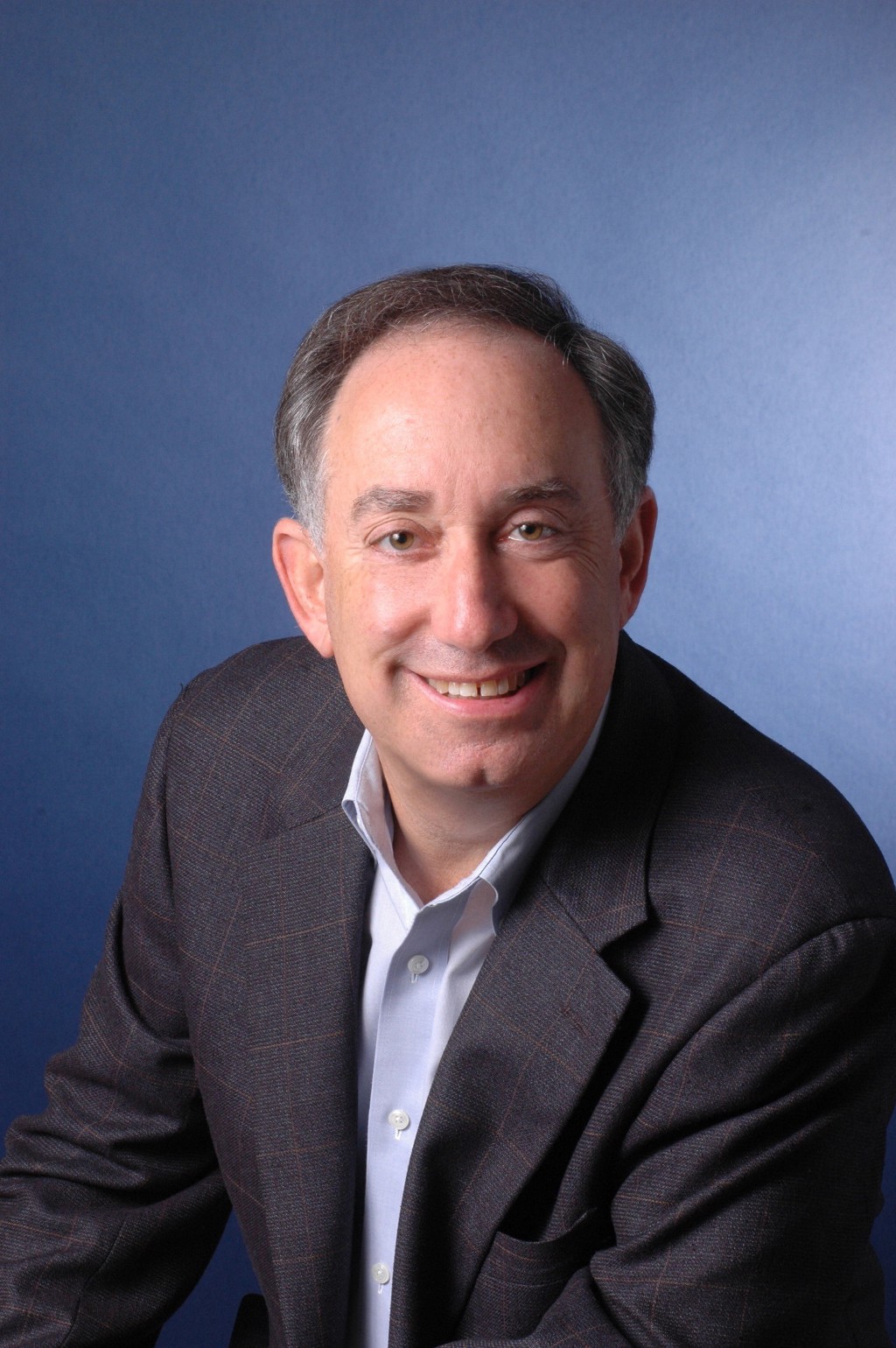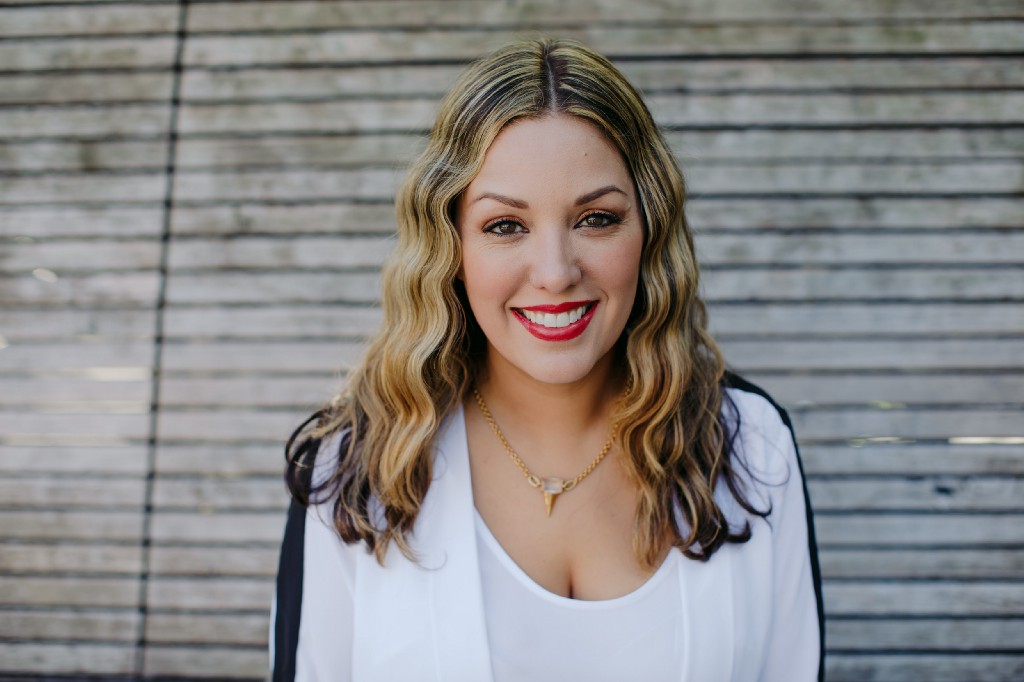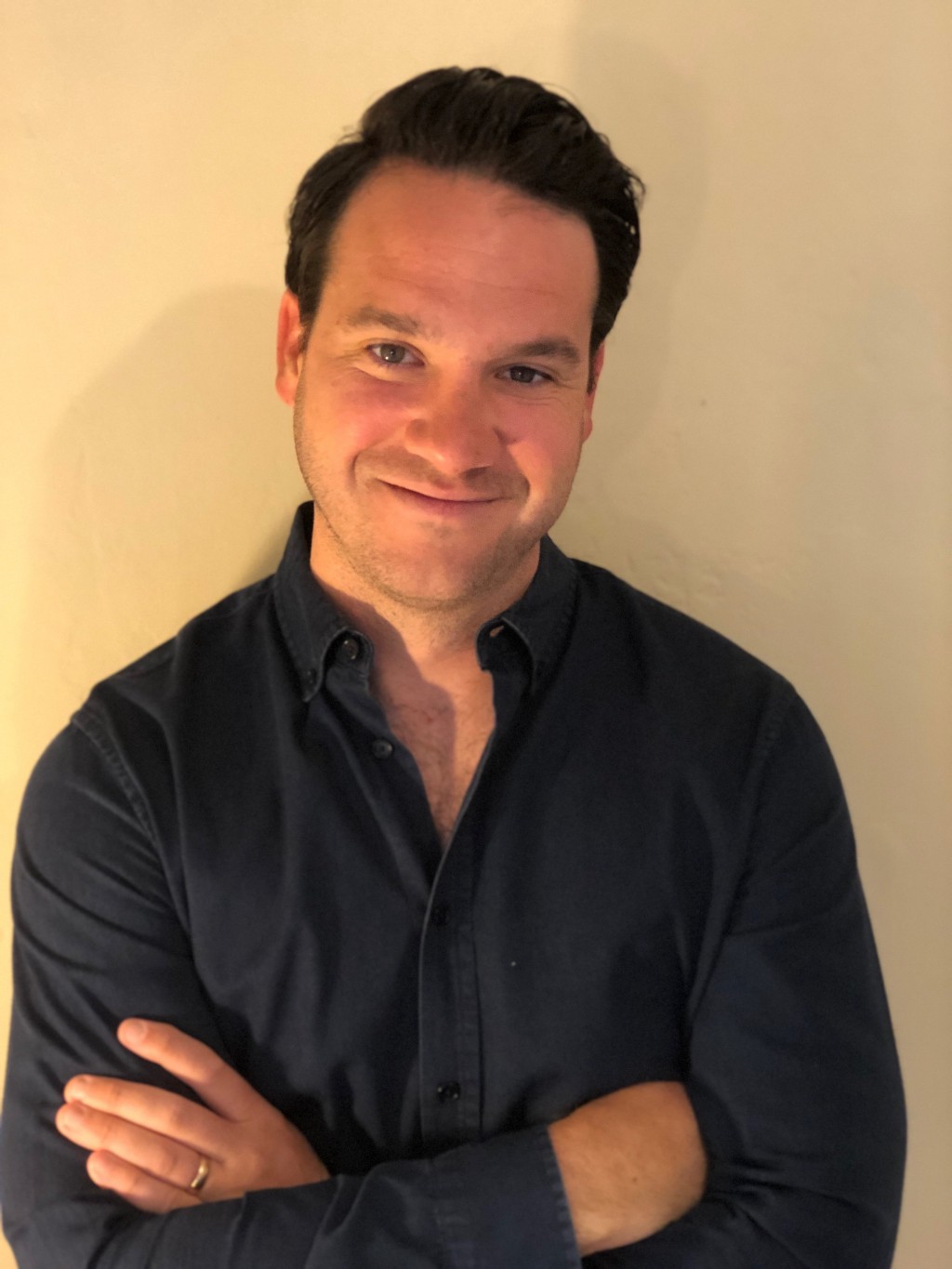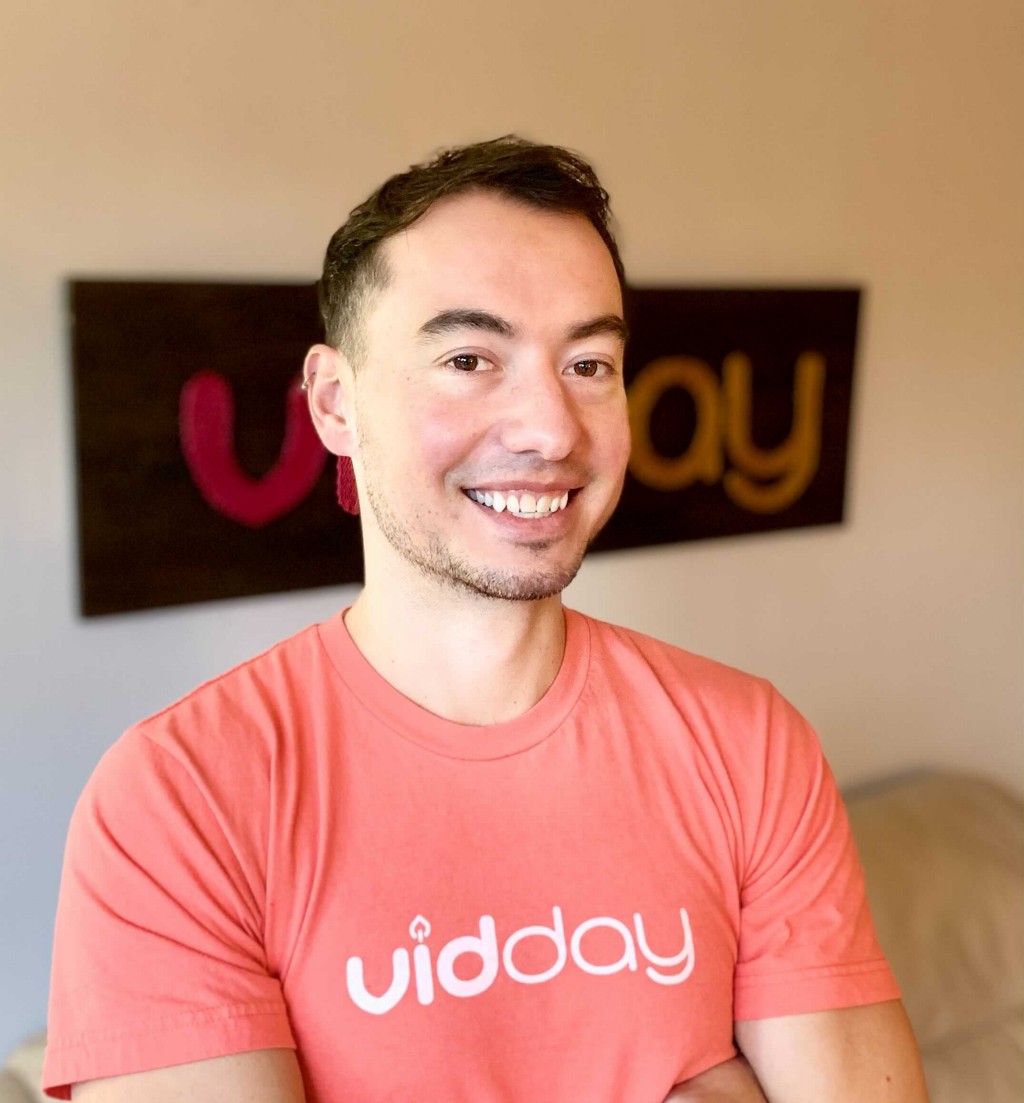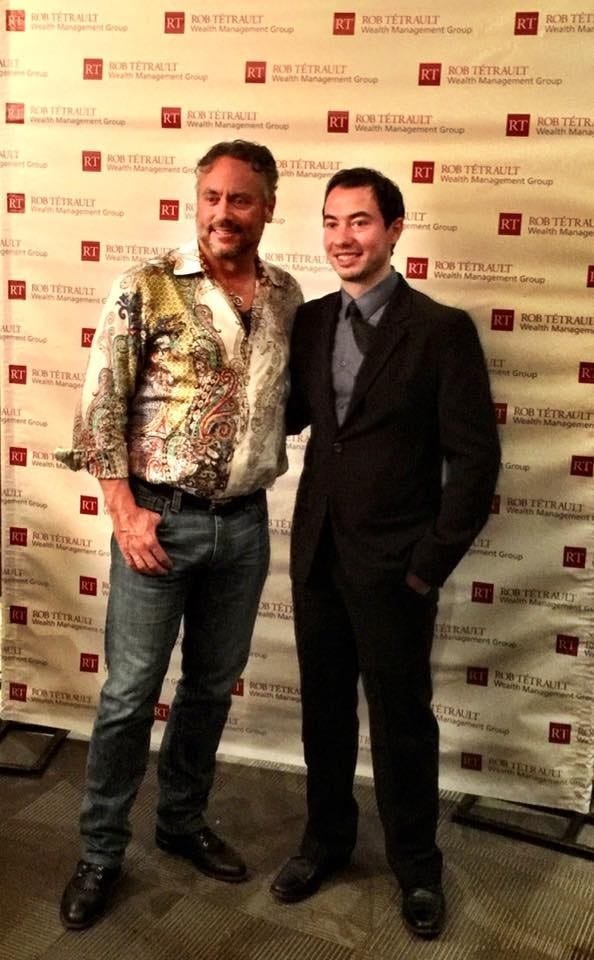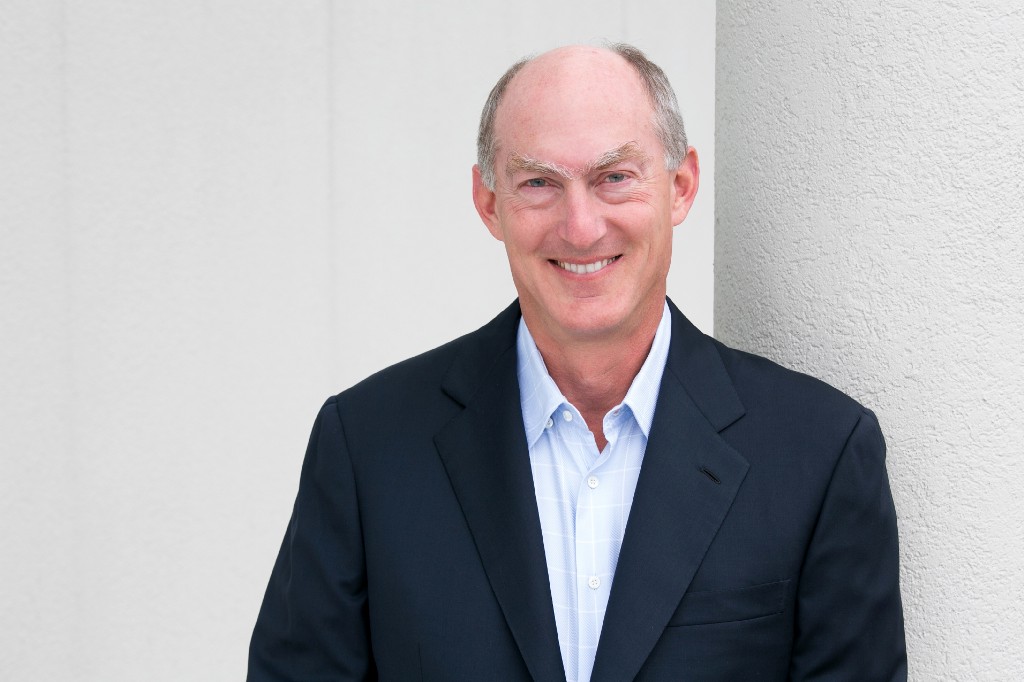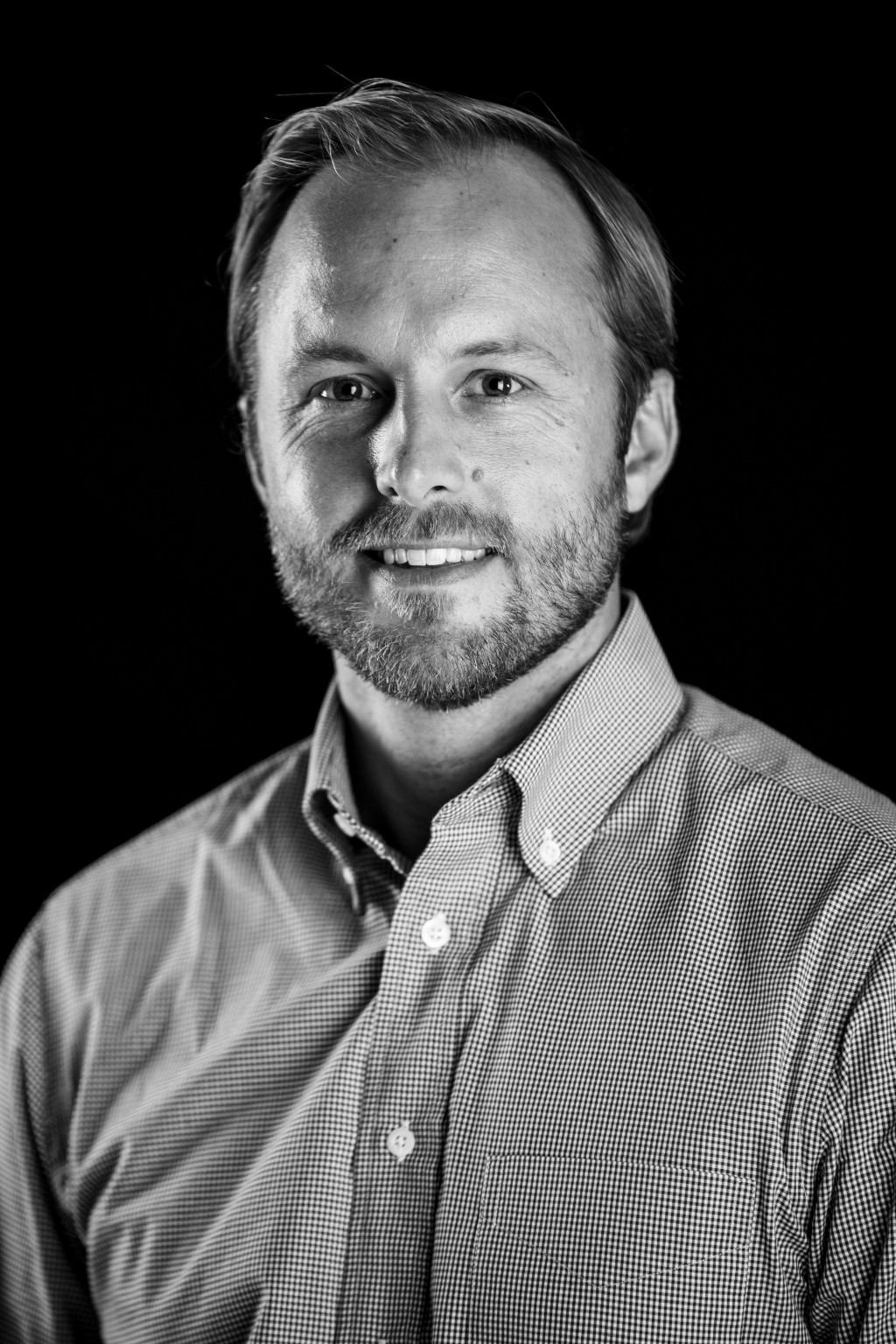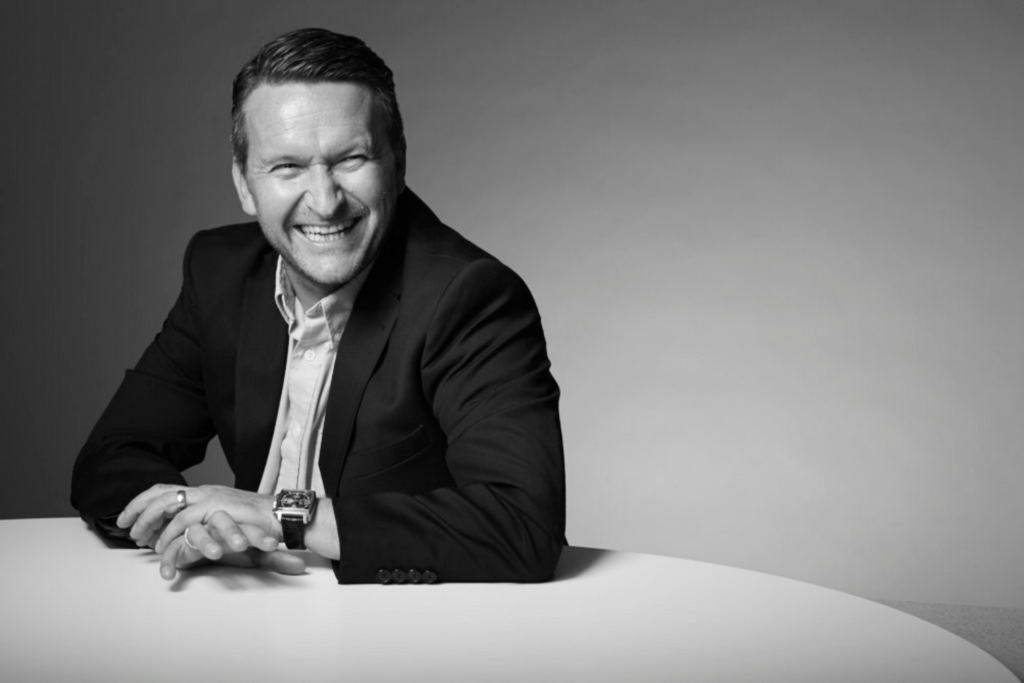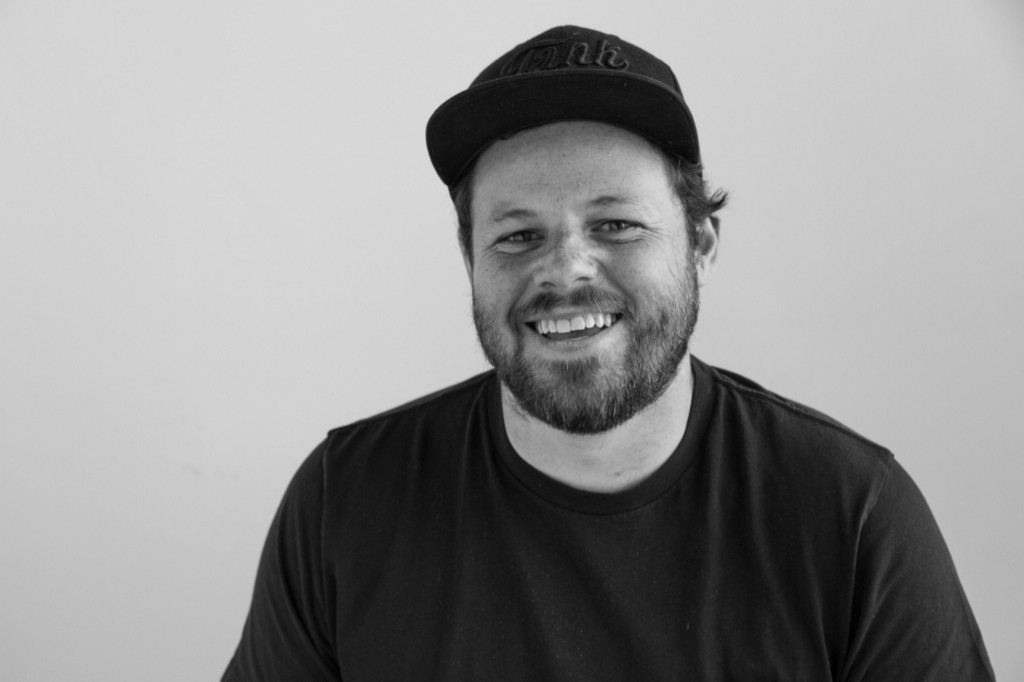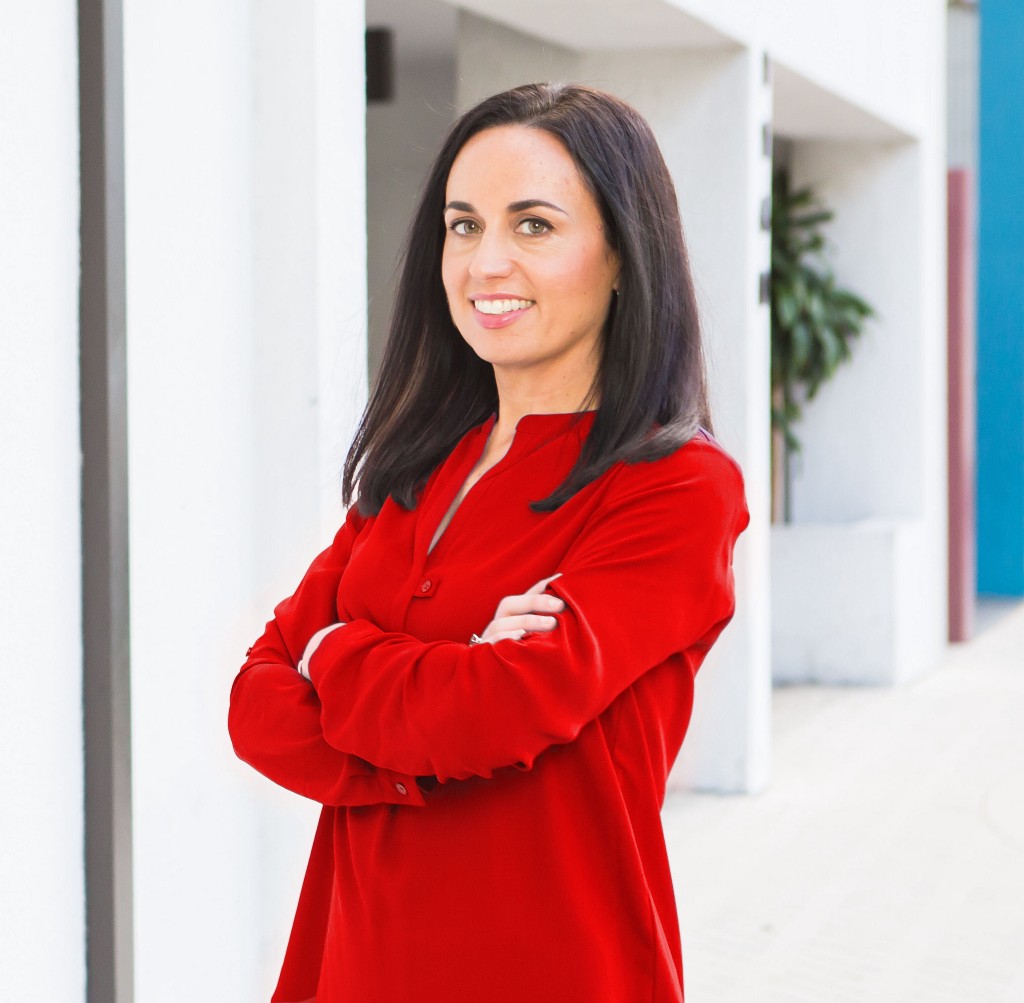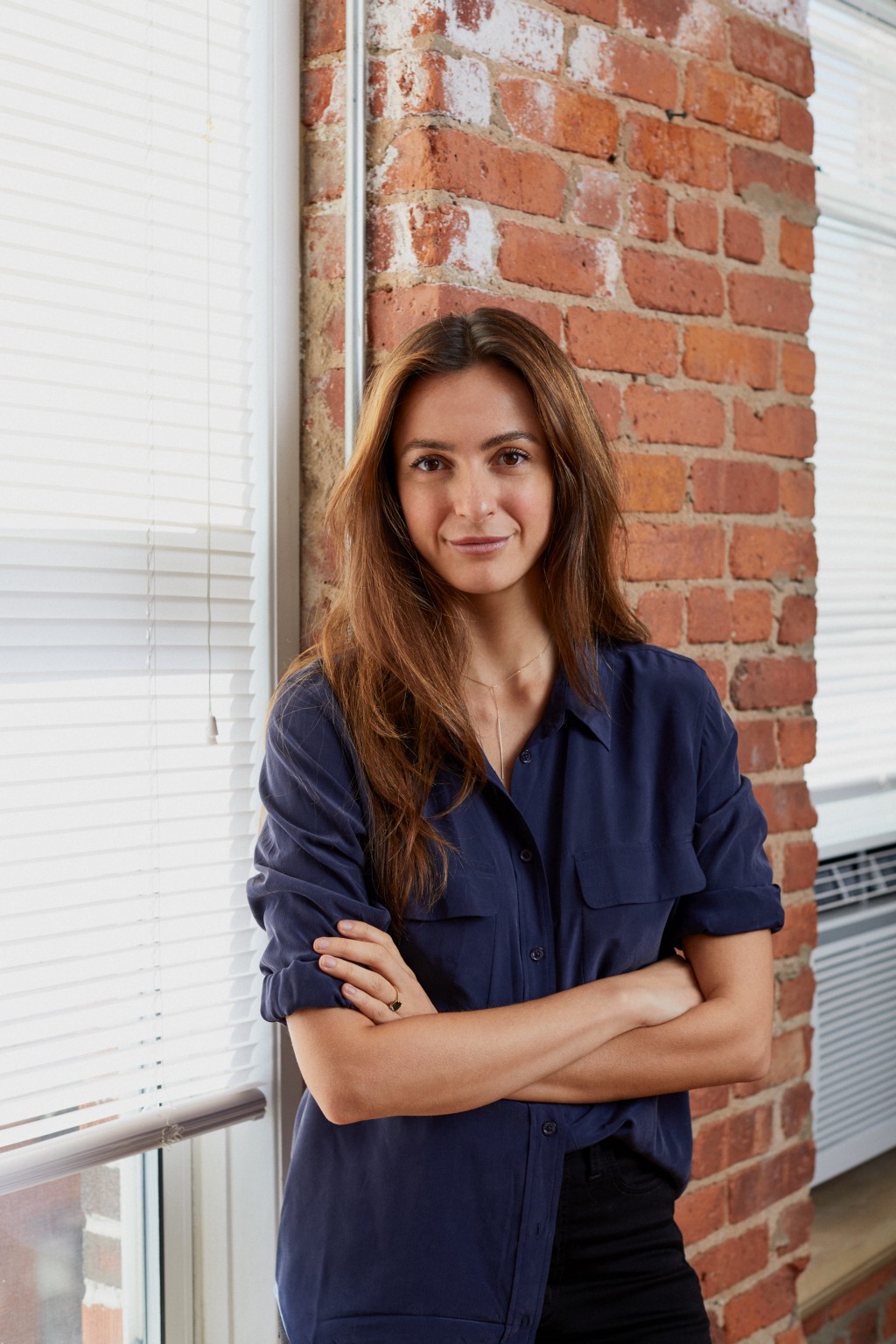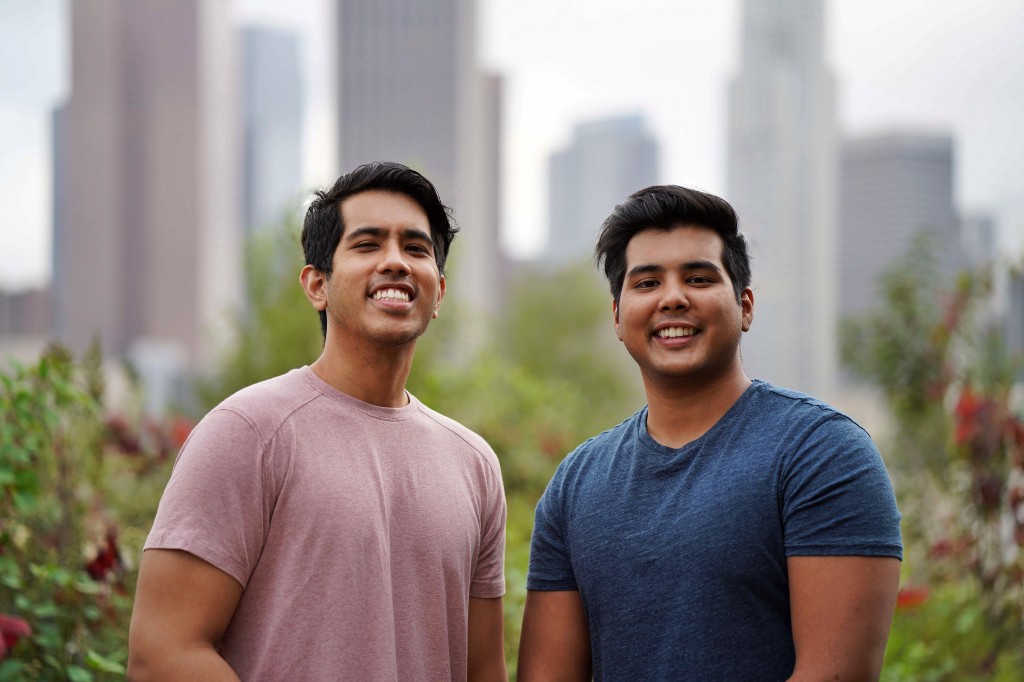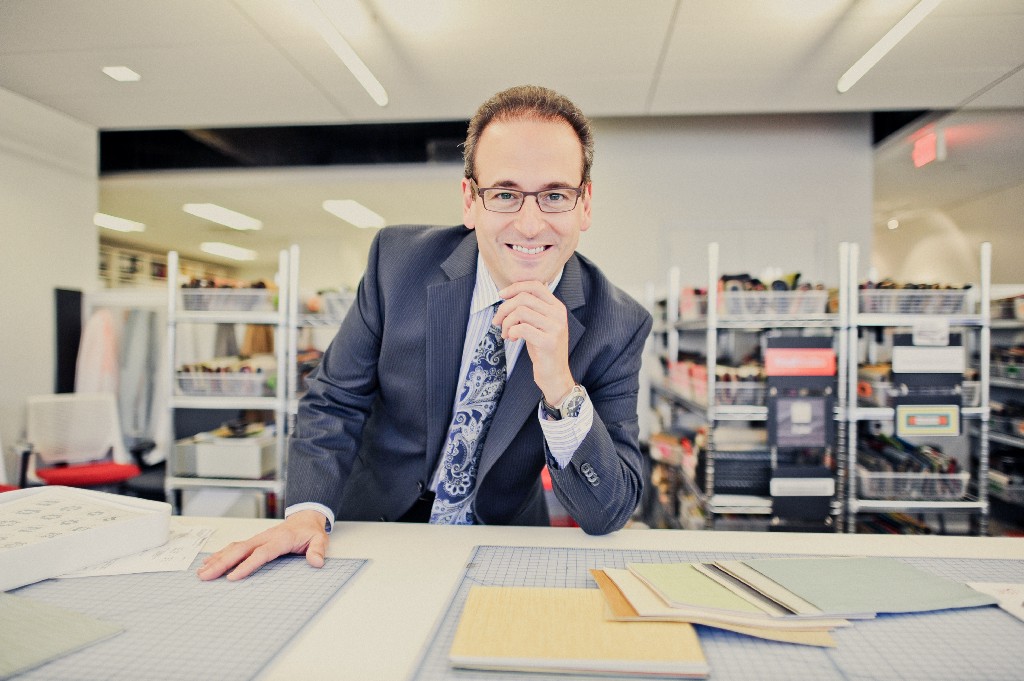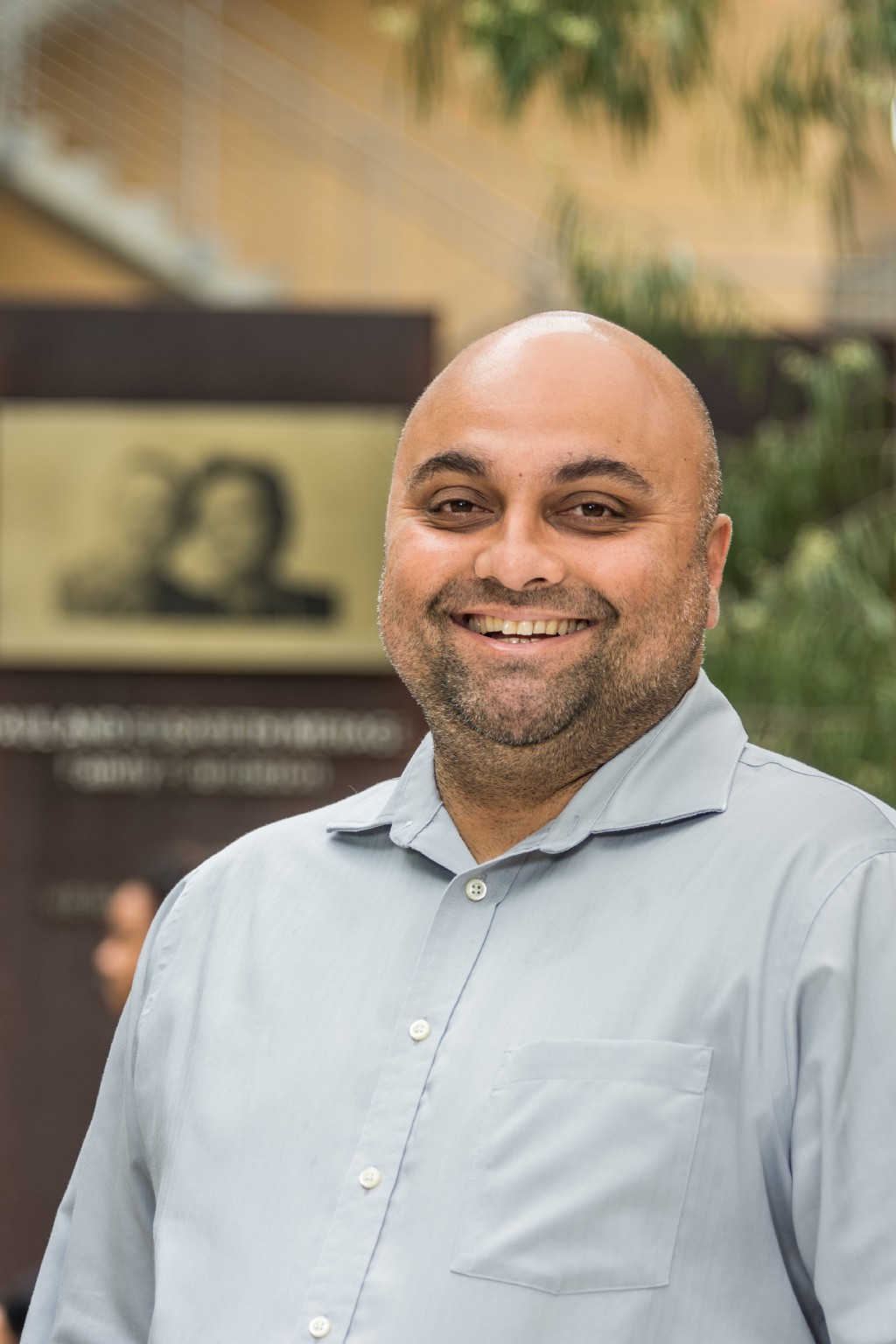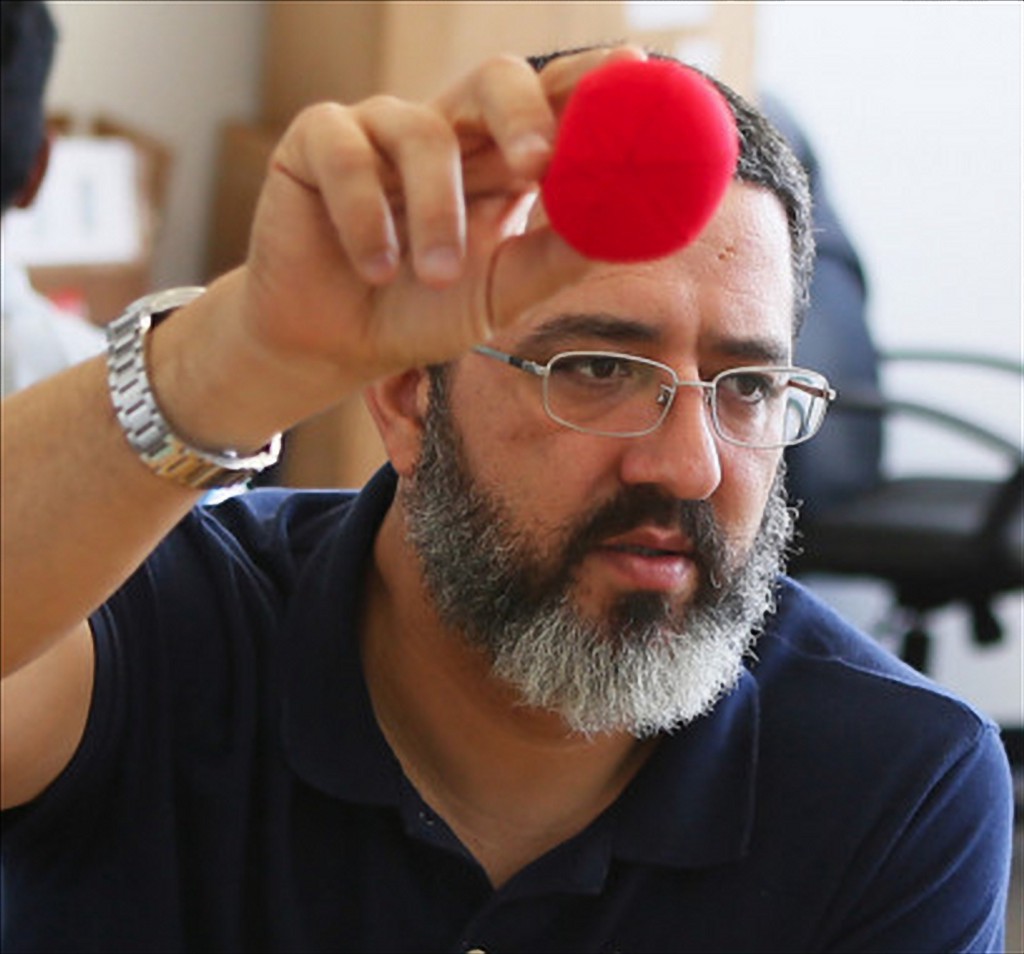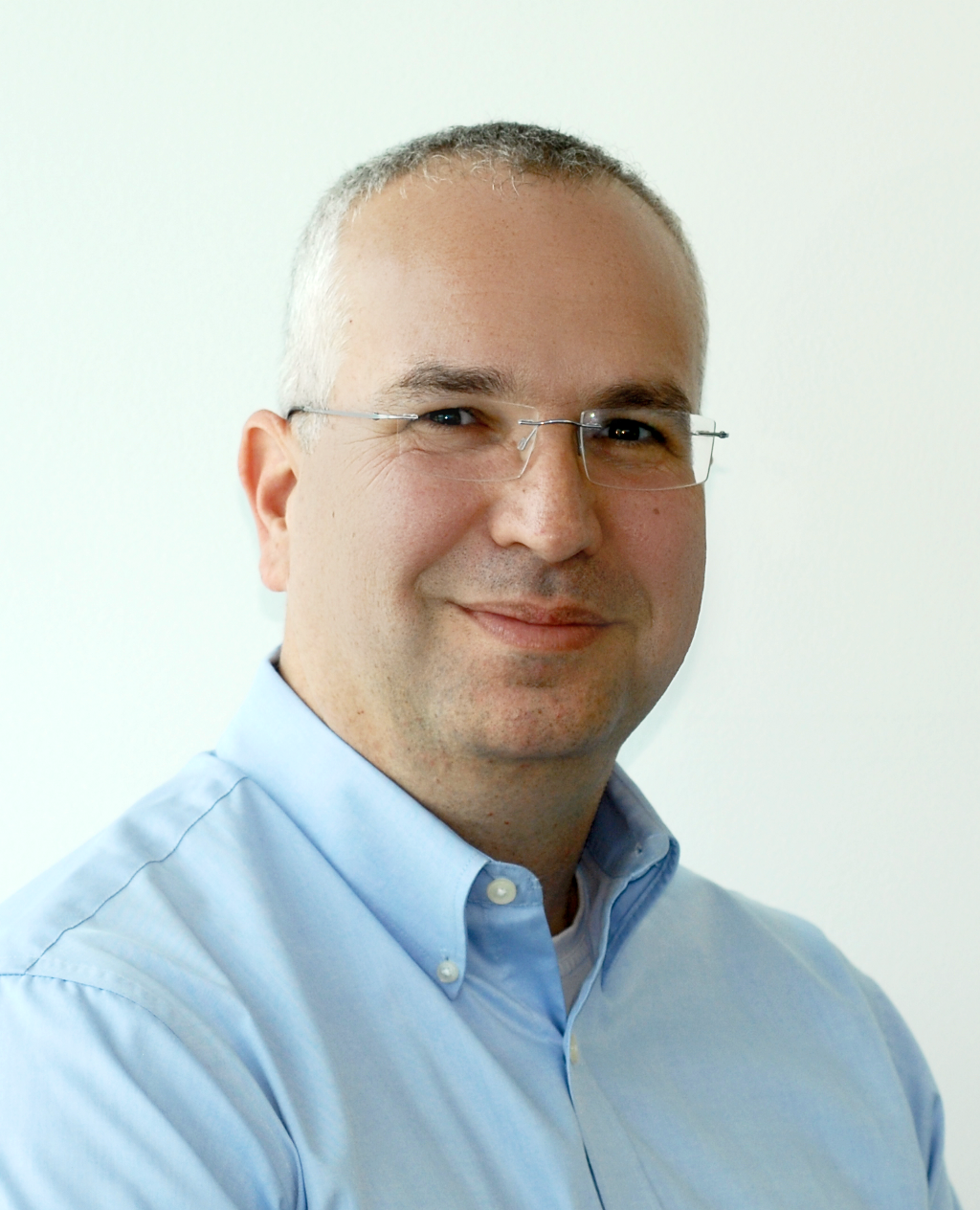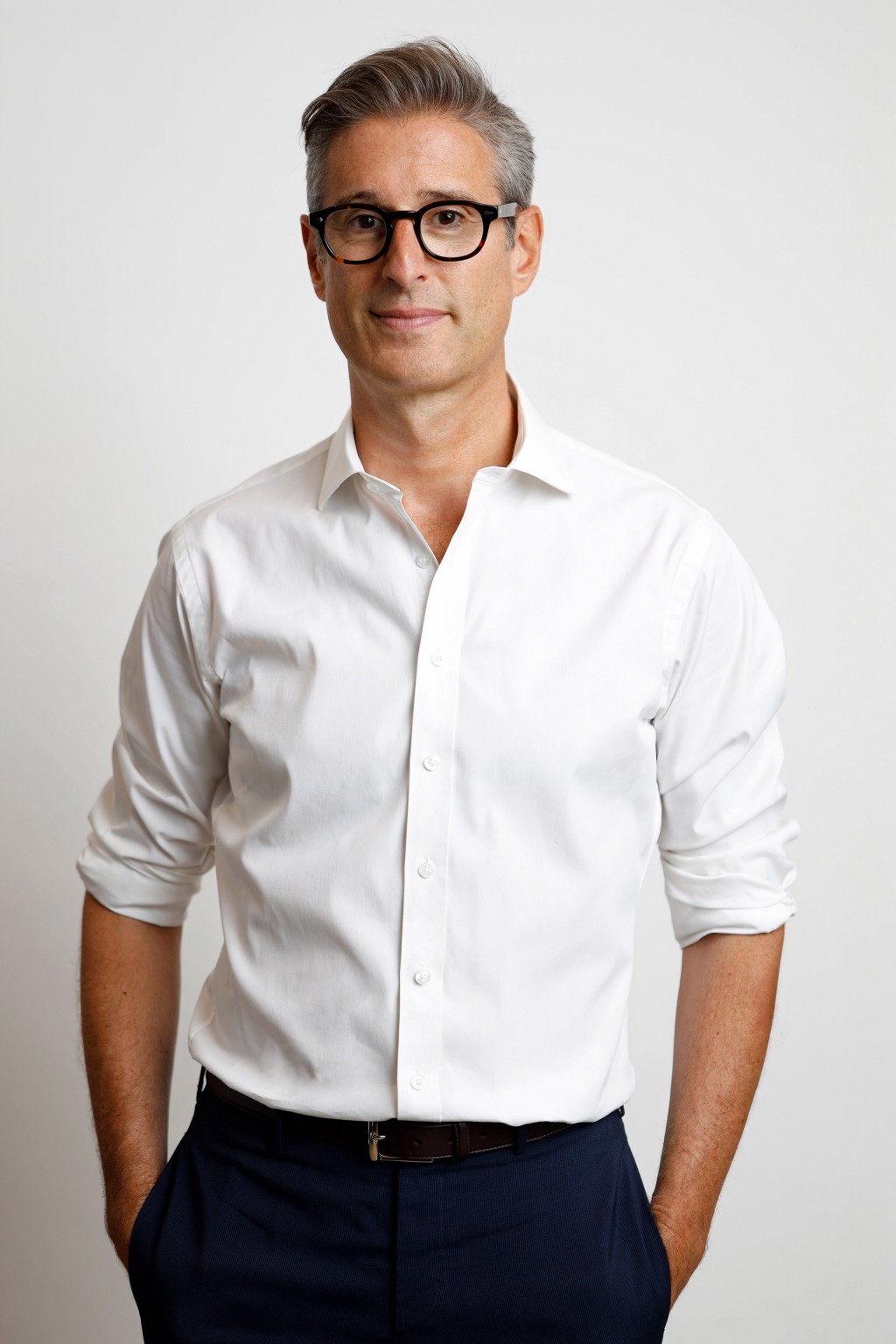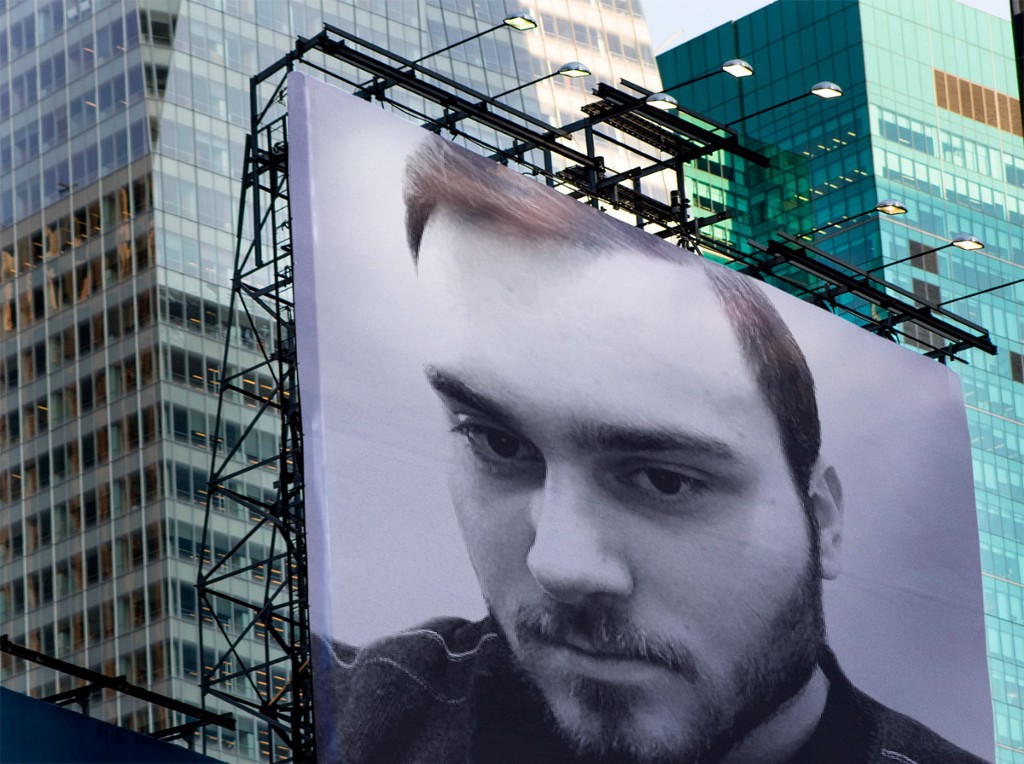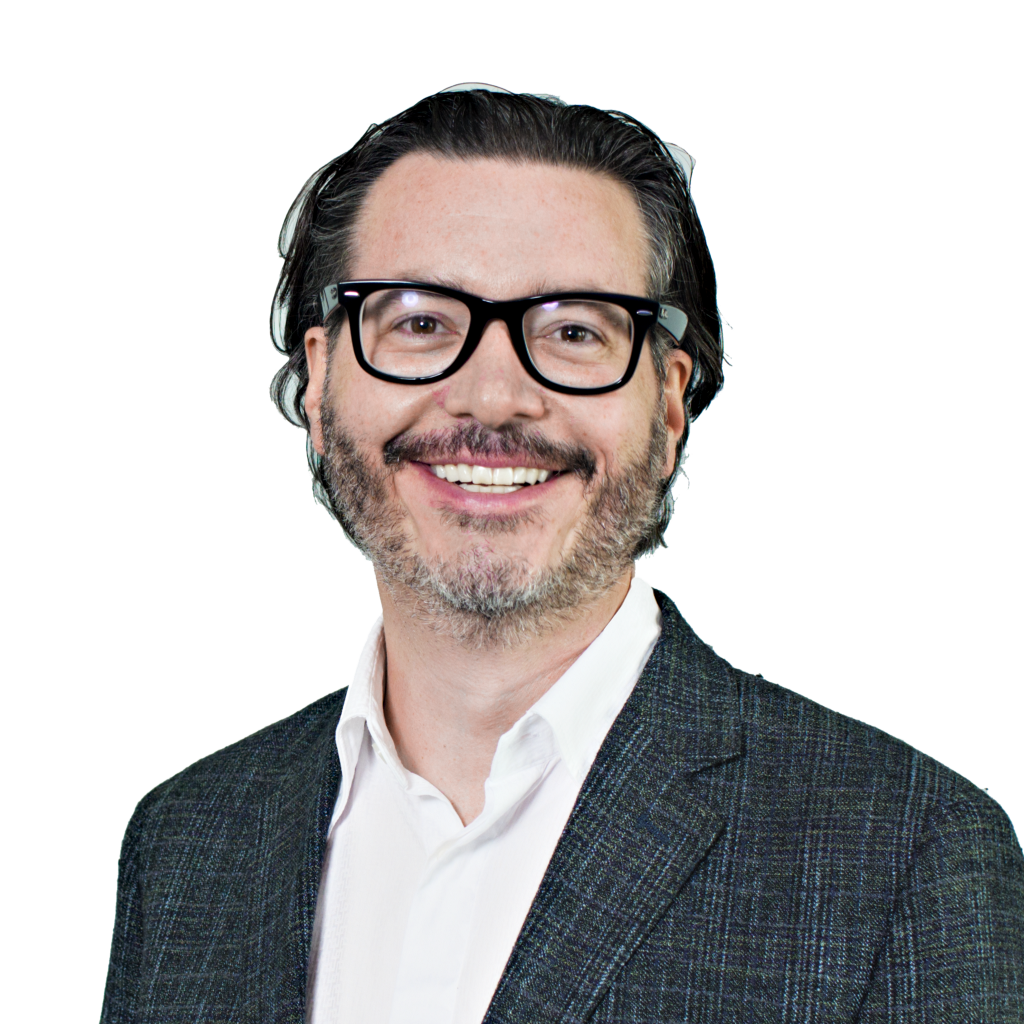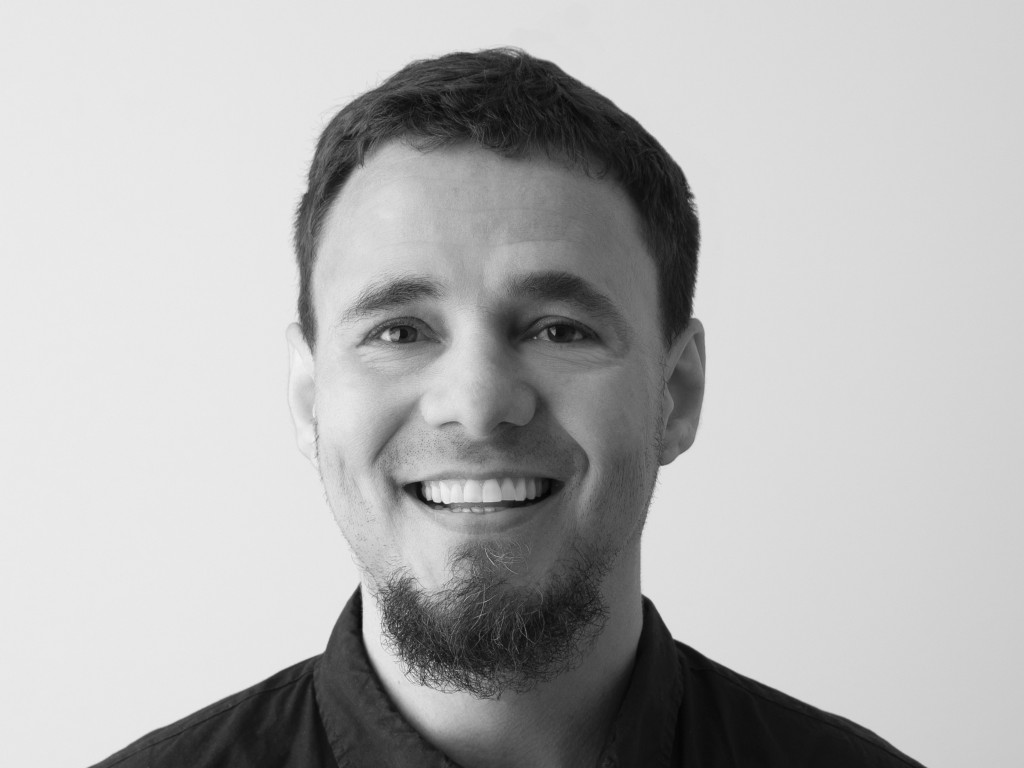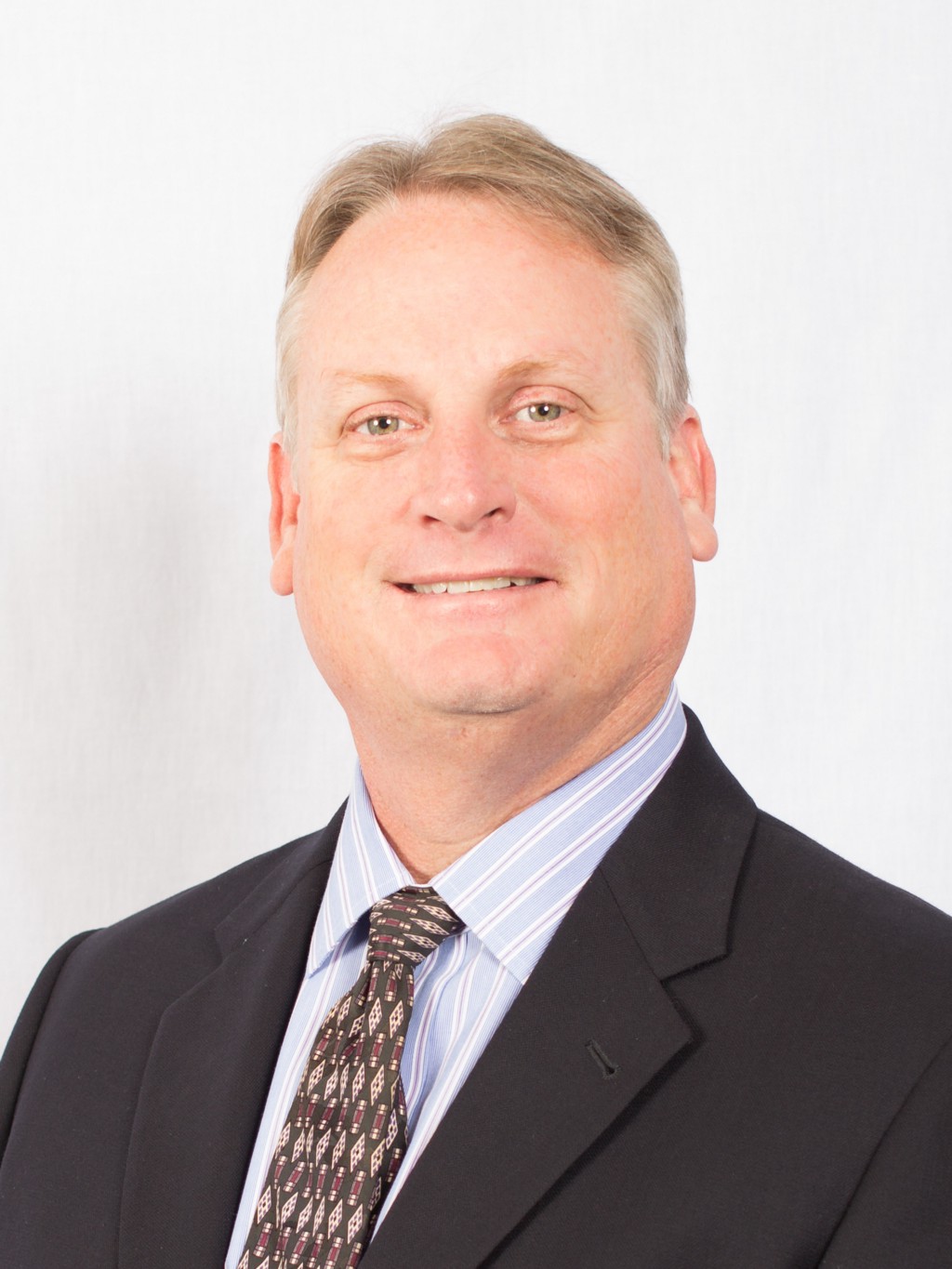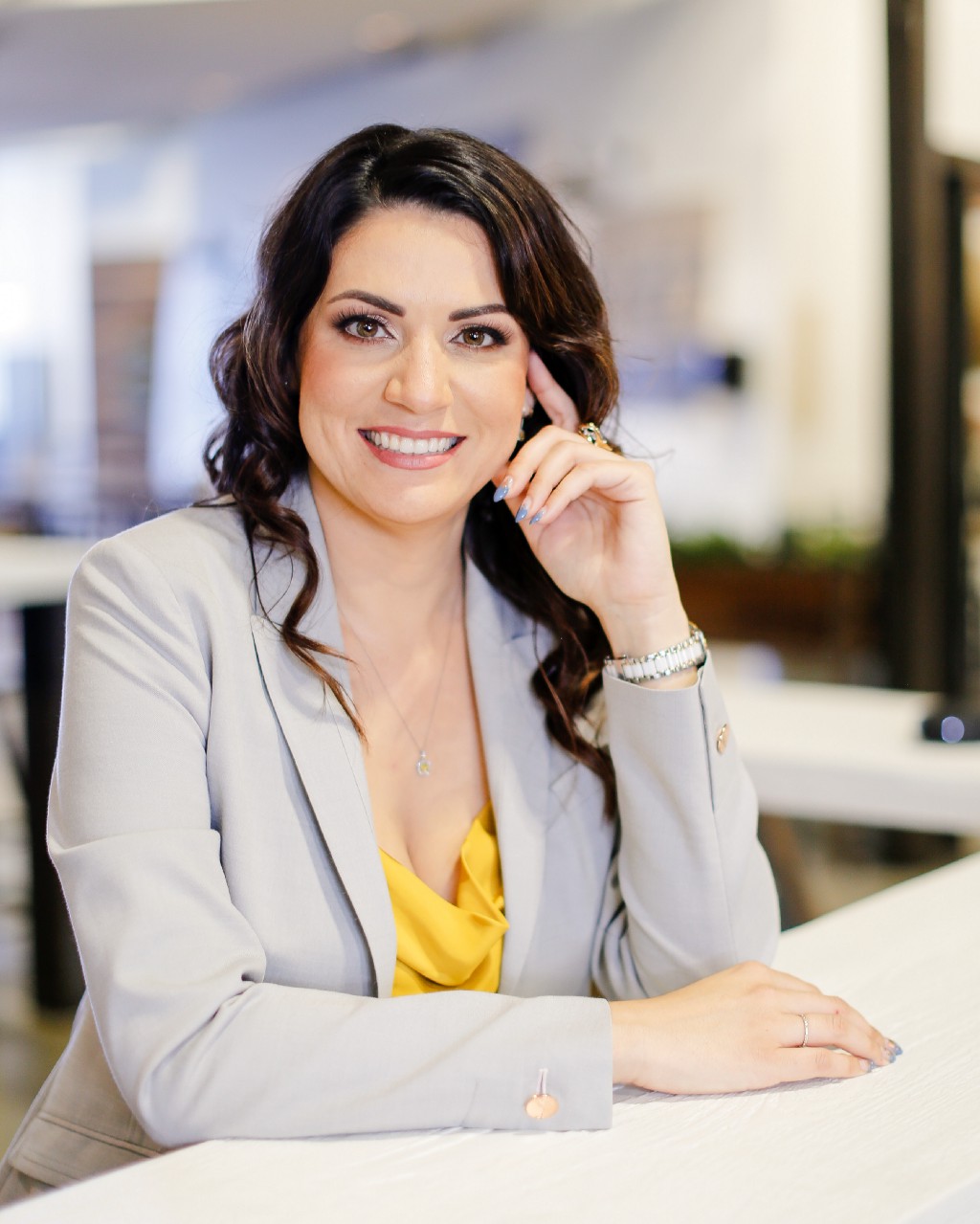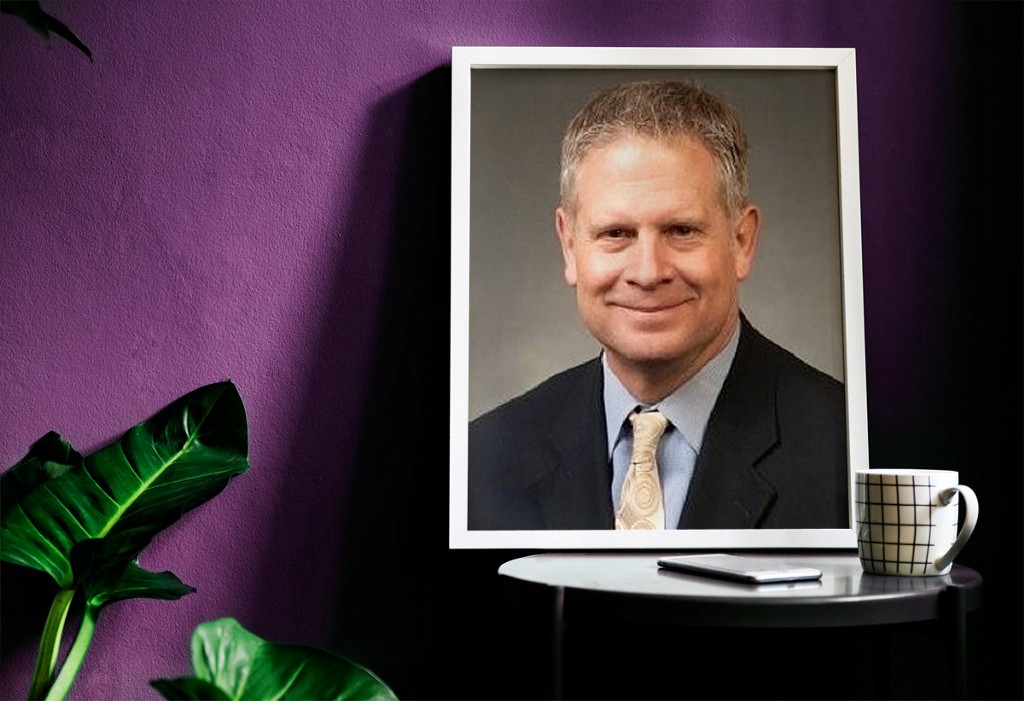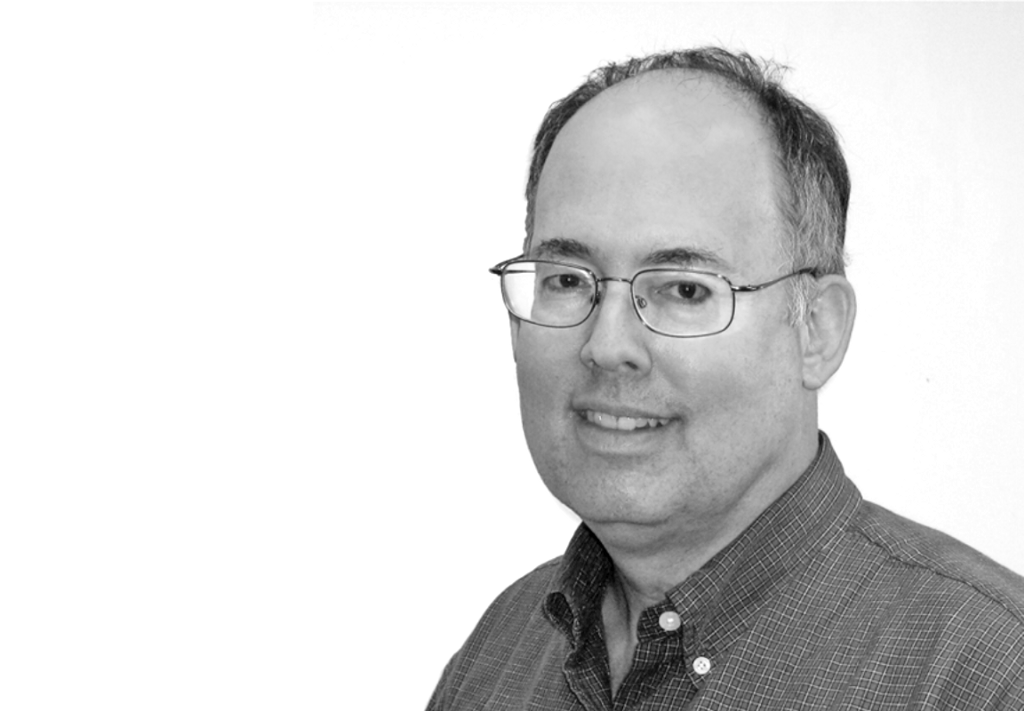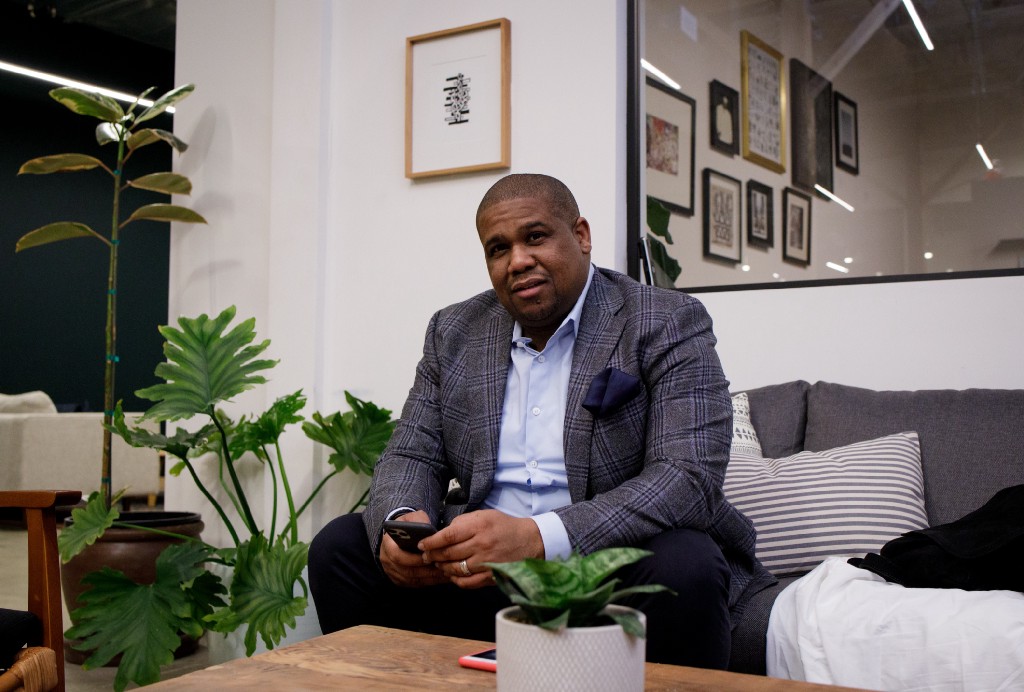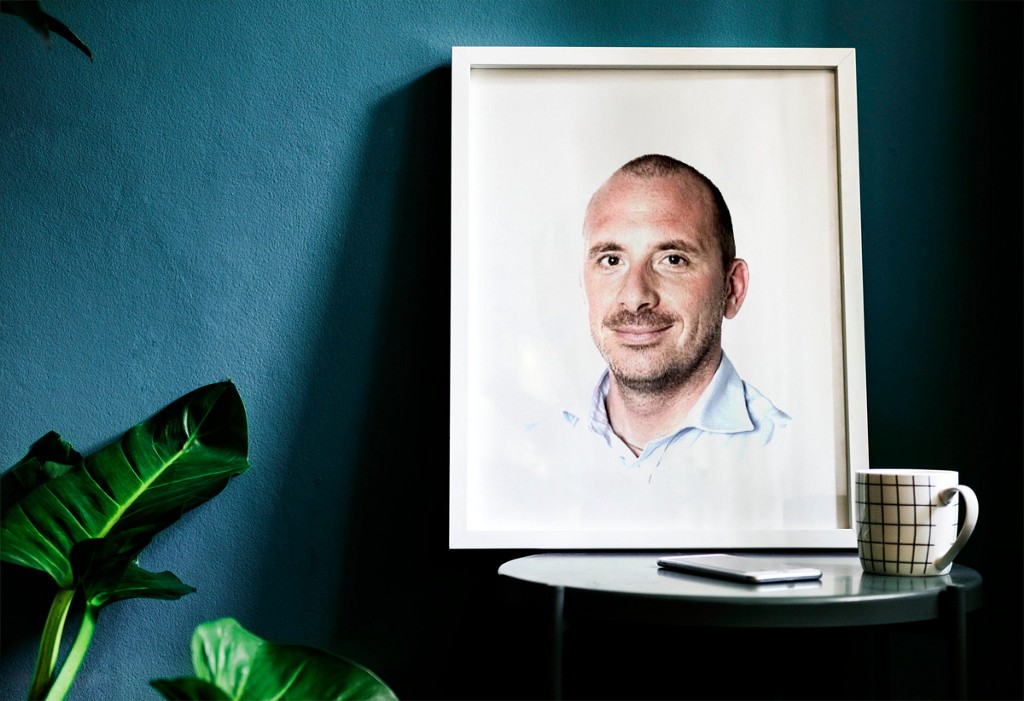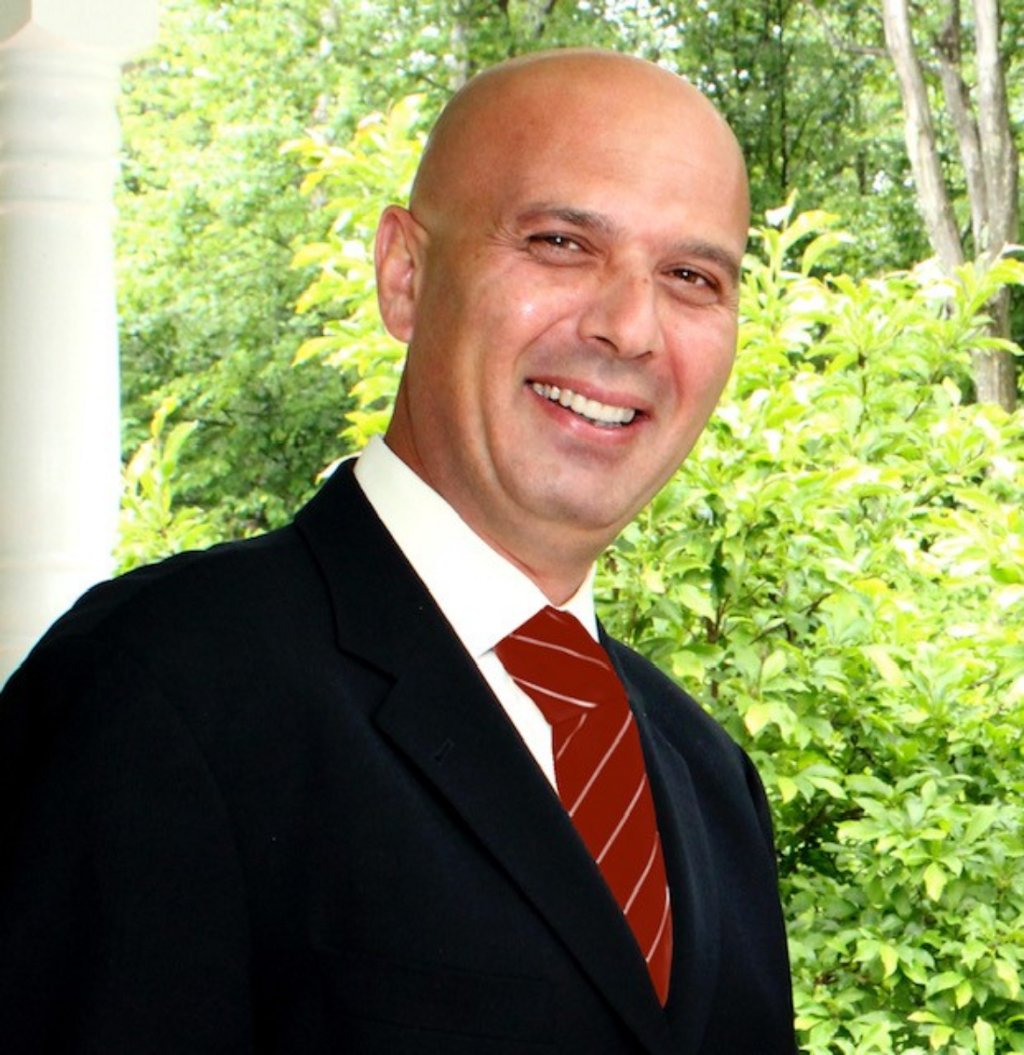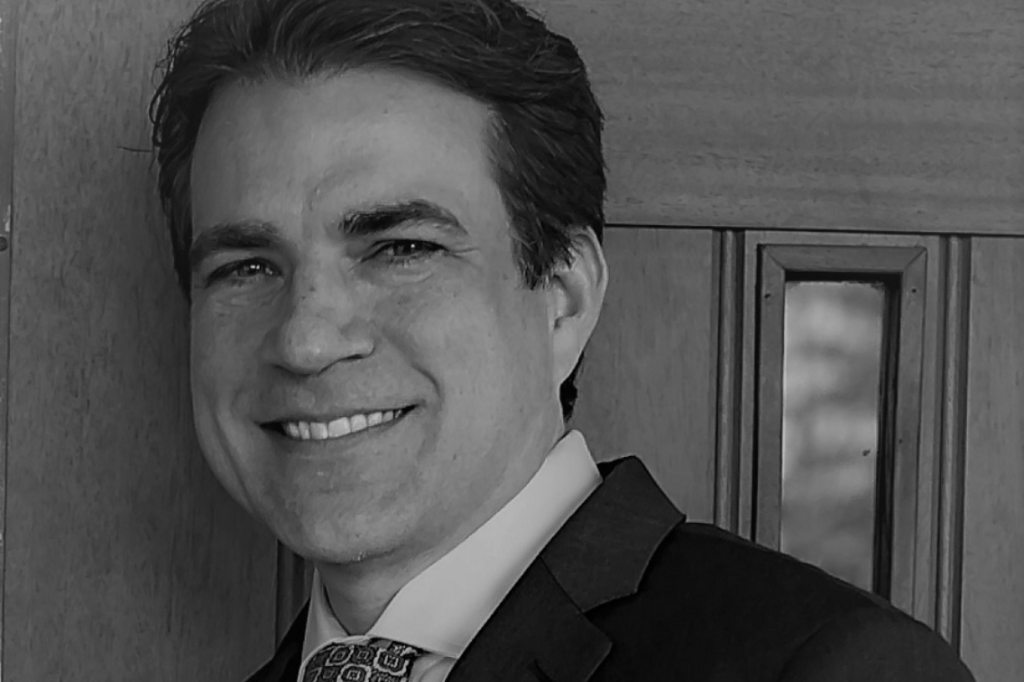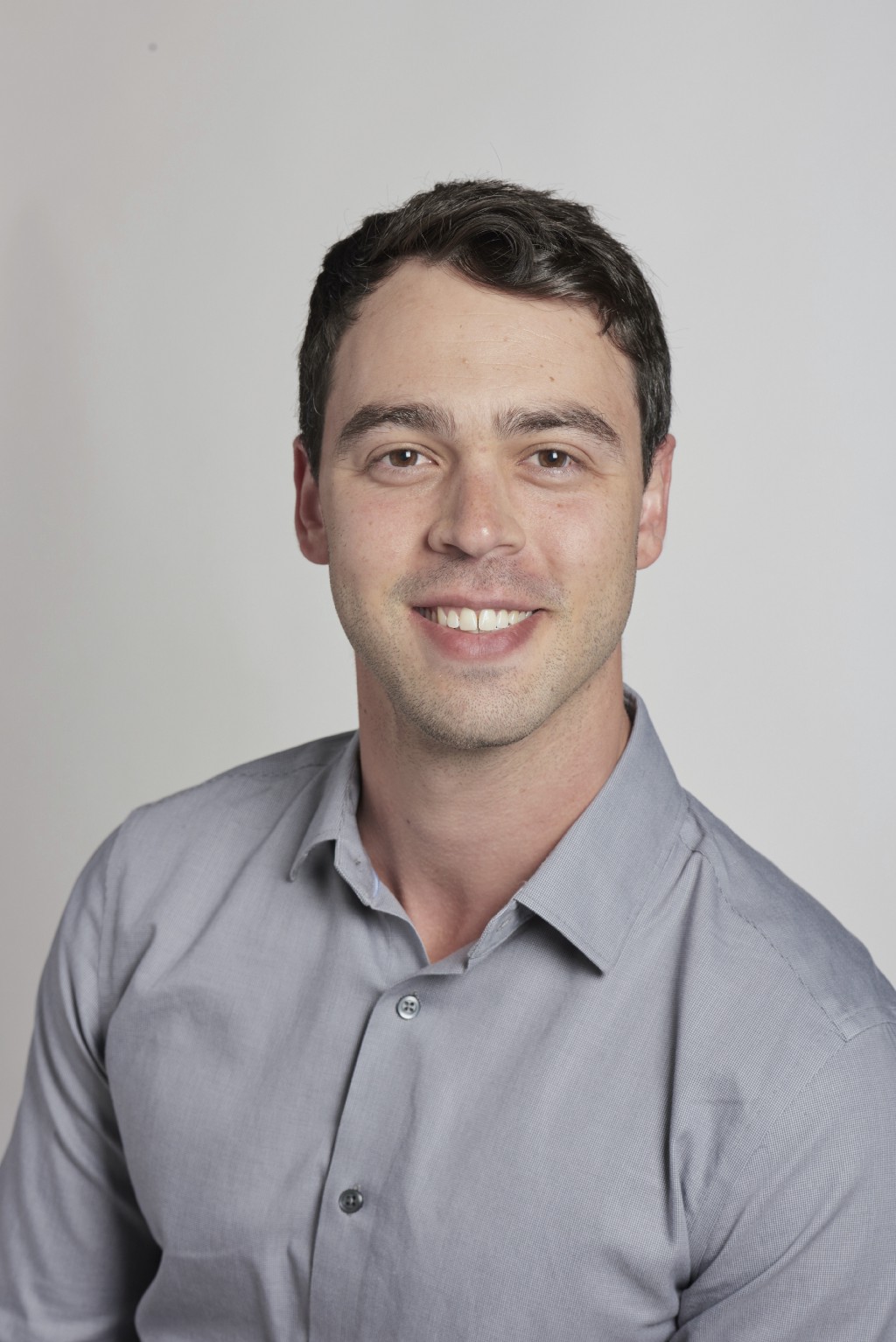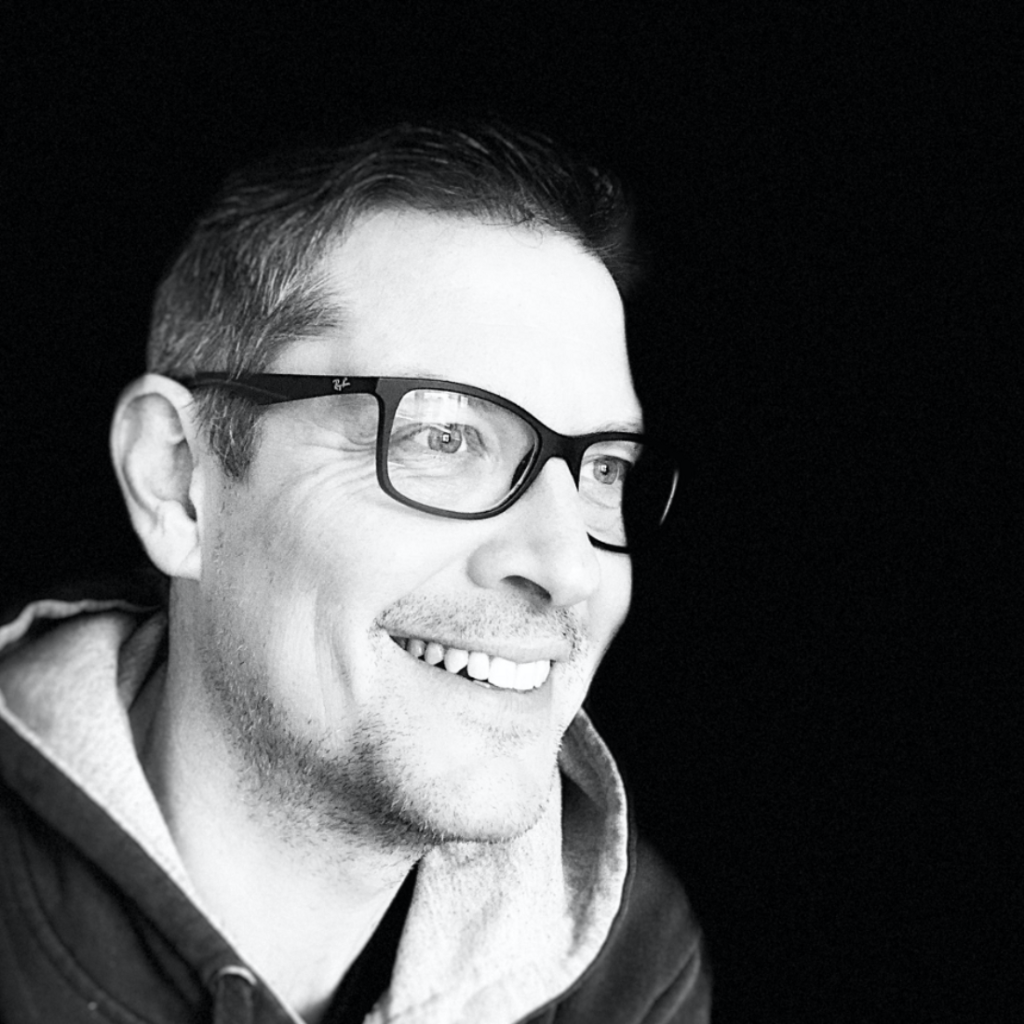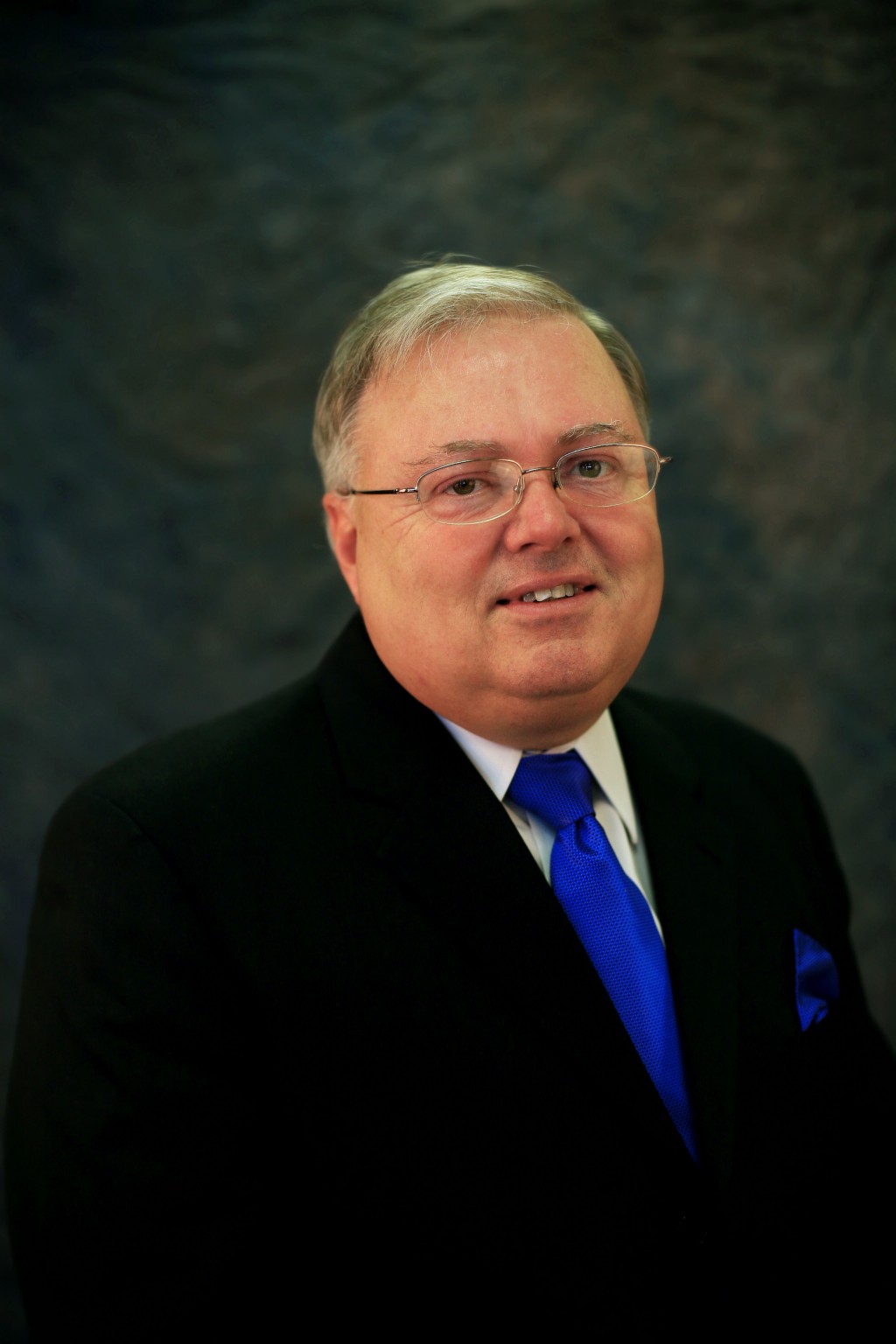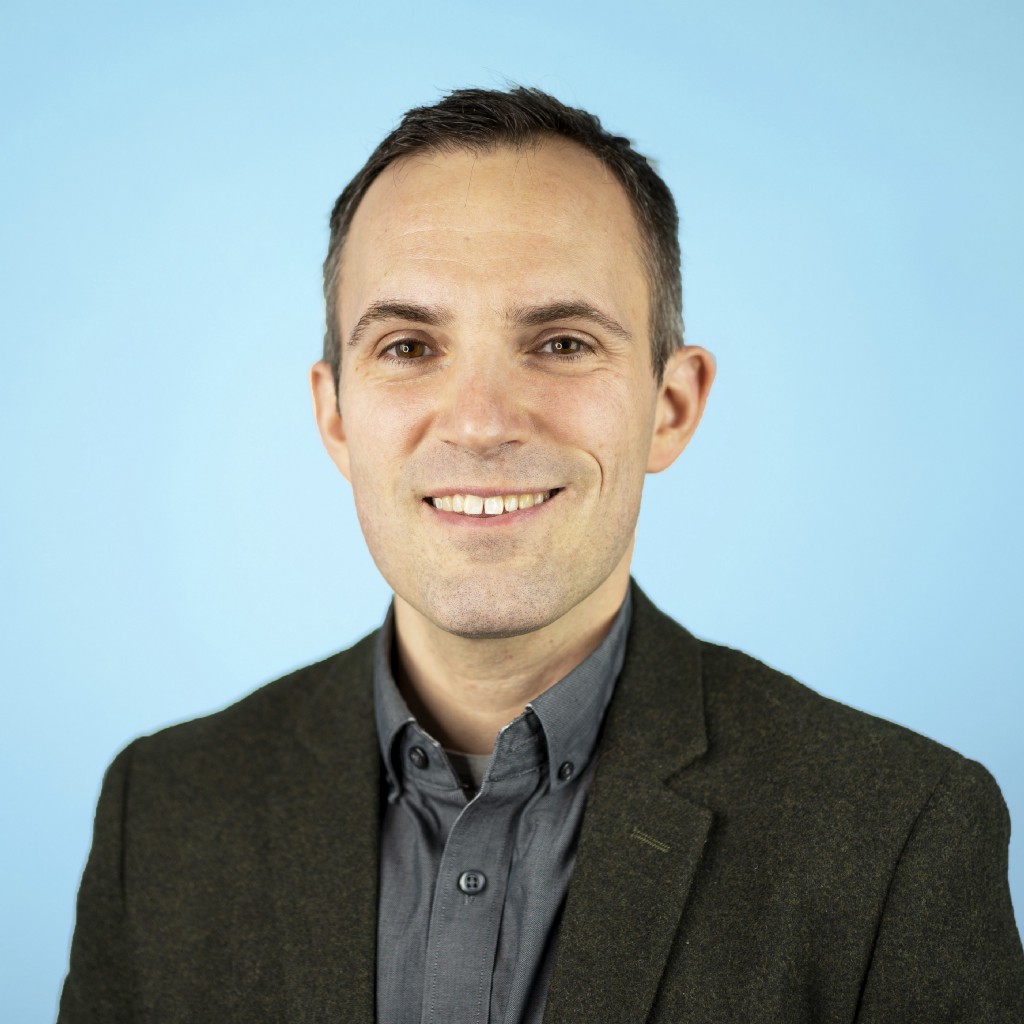Identify and understand your target audience. To me, this is one of the most important pieces of building a strong brand, yet sometimes gets overlooked or not focused on enough. Understanding your audience goes a lot deeper than just feeling like you know a group since you fit in it yourself, or you personally know some people that fit. Knowing your target market inside and out is what can separate your brand from succeeding or falling flat — for example, don’t settle on whether your target customer simply drinks coffee, know what temp they like their coffee, what blend, what they put in it, and what days and times they typically drink it.
As part of our series about how to create a trusted, believable, and beloved brand, I had the pleasure to interview Josh Benveniste.
Josh Benveniste is Vice President of Marketing at AerialSphere, a market leader in data-enabled 360-degree aerial imagery. Prior to AerialSphere, Josh was CMO & Co-Founder of the popular babysitting app ZipSit. Josh has over 20 years of experience in bringing technology products to market to a diverse group of industries.
Thank you so much for doing this with us! Can you tell us a story about what brought you to this specific career path?
I would have to say it is a combination of 2 different things — first, as I got older, I always wanted to have my own desk with my name on it, and to be doing cool & fun “stuff” — that is, after my dreams of being a professional baseball player faded away! Secondly, I have always been incredibly observant — always taking note of people, places, messaging, advertising, etc. I think the combination of these two things are exactly what led me down my marketing career path. Being observant has really helped me understand how to better connect with all kinds of different people and how to create marketing to sell products to them. Also, being able to do cool “stuff” from my desk has been a really nice bonus.
Can you share a story about the funniest marketing mistake you made when you were first starting? Can you tell us what lesson you learned from that?
Our marketing team was working on getting some graphics ready for a tradeshow and our product photography hadn’t been completed yet, so our graphic designer decided to use one of our competitor’s products as a placeholder. Unfortunately, one of the product shots didn’t get swapped out and everything went to the printer and we had a big surprise waiting for us when we were unpacking graphics at the tradeshow. Fortunately, it wasn’t one of our primary graphics, and we were able to do some creative sharpie work on the logo and moved a plant in front of area with the product on it. Because it wasn’t in a high traffic area, nobody noticed, and we could just chalk it up as a valuable lesson. When it comes to marketing, there are so many areas for mistakes that can prove costly — it is so important to take the extra time to make sure every detail is absolutely perfect. Sure, mistakes happen, but if you and your team make a concerted effort to be as detail oriented as possible, you can eliminate most mistakes.
What do you think makes your company stand out? Can you share a story?
Our product really speaks for itself when people are able to experience it firsthand — it is truly an exhilarating experience when you are able to hover above the earth in a 360-degree panorama with the ability to pan, tilt and zoom to get whatever perspective you want. However, since it is a new technology, which comes with its own set of acronyms and tech jargon, our challenge came in the messaging and how we get people to really understand what our product is and how it can benefit companies. What really stands out now is the combination of the messaging and the story we have put together, the amazing product, as well as the brand that we have been committed to building. I think the most powerful story lies in when I first started at AerialSphere and was demonstrating the product to people and observed lots of oohs and ahhs, but kept getting similar questions — how do you make money with this, or who would use it? It was immediately apparent that one of our biggest hurdles would be how to brand the company and product, and how to create messaging that would quickly and concisely explain what it is we do and how it benefits its users.
Are you working on any exciting new projects now? How do you think that will help people?
We are — not only is our core product exciting, but how we are working on making it available to our customers is also very exciting. To date, most customers have leveraged our technology through our API, which requires some development resources. That is fine for some larger companies, but since our product is useful to essentially anybody that uses maps, there are lots of small businesses and individuals that don’t have the resources to leverage our API, or know what an API is for that matter. We have been working on our XP360 SaaS web application that brings the power of our immersive aerial experiences into anybody’s hands, allowing them to add data to our 360-degree panoramas and then share them or embed them in their website. We are building tools to make the process as seamless and user-friendly as possible, which will give everyone the ability to turbocharge their maps with a new level of interactivity. We are also experimenting with Virtual Reality and have some preliminary applications that allow people to experience the built world with real imagery in a 3D environment.
Ok let’s now jump to the core part of our interview. In a nutshell, how would you define the difference between brand marketing (branding) and product marketing (advertising)? Can you explain?
I definitely want to start out by saying that even though there is a strong distinction between these two types of marketing, they really are joined at the hip, and to achieve success, they need to be used in conjunction with each other to achieve a perfect harmony.
I like to describe brand marketing as “feeling” based marketing. Brand marketing really sets the tone and lays a foundation for making consumers comfortable with your company, building on intangible attributes such as values and beliefs. Many people associate brand marketing with simply making a name, logo or slogan visible to end users, however, it is actually a lot more complex than that. Brand marketing is what gets your target market to choose you over your competition.
Product marketing is more “factual” marketing, focusing on tangible things such as core features and benefits of your product or service. This marketing sets out “what” the product offers and “why” you should buy it. It involves understanding your target customers and developing messaging that appeals to them and paints a picture of why your product is better than the competition.
Can you explain to our readers why it is important to invest resources and energy into building a brand, in addition to the general marketing and advertising efforts?
As I mentioned earlier, brand marketing is really about making consumers comfortable and building a special bond between them and your company, your products or your services. You really need to have a trustworthy and convincing brand that works alongside your other marketing efforts to experience sustainable success. Most products and services have competition, and in many cases, you are competing along similar feature and benefit sets, this is where your brand marketing really comes in to play. It really helps you distinguish yourself from your competitors — it is an emotional promise and connection that you make with your customers that goes above and beyond a list of what your product does or delivers.
Can you share 5 strategies that a company should be doing to build a trusted and believable brand? Please tell us a story or example for each.
- Identify and understand your target audience. To me, this is one of the most important pieces of building a strong brand, yet sometimes gets overlooked or not focused on enough. Understanding your audience goes a lot deeper than just feeling like you know a group since you fit in it yourself, or you personally know some people that fit. Knowing your target market inside and out is what can separate your brand from succeeding or falling flat — for example, don’t settle on whether your target customer simply drinks coffee, know what temp they like their coffee, what blend, what they put in it, and what days and times they typically drink it.
- Be real. Yes, you want to design your brand around resonating with those that you are trying to reach, but what happens if you design your brand to be something you aren’t? Your customers will figure you out really, really, quick. Honesty is always the best policy when creating your brand — the second a customer feels manipulated, or gets a negative impression from a broken promise, they will be gone, and will spread the word to others. For example, you see lots of companies using terms like: “we care”, or “our customers are our #1 priority.” Imagine what having a less than spectacular customer support experience with one of those companies would do to your brand perception of them.
- Be flexible with change. It is ok to tweak, change or completely rebrand, especially if you feel like it is really important to change your company’s perception in the marketplace. If you are making drastic changes, be sensible and don’t frighten anybody, take your time and think through everything. Take Uber for example, they have been in business since 2010 and have already had 4 or so brand and logo refreshes in 10 short years.
- Consistent visual identity. This is another thing that is pretty easy to do, but many seem to miss on. Make sure that every customer touchpoint utilizes the correct colors, fonts, logos, and imagery that you have established with your brand. This helps build credibility and trustworthiness and will help make your customers stay loyal to you. If you were able to win your customer base over with a soft brand composed of sans-serif fonts and muted colors, don’t spring something edgy with vibrant colors and wild fonts on them out of nowhere.
- Customer service is paramount. No matter what you do, great customer service will always win, even when you have a product or service issue — because don’t worry, it will happen. This is one of the easier ways to create a loyal following of satisfied customers that will become some of your best brand champions. I bet you have had a bad experience with a product or service, and had the company rectify it to your liking — and then you turned around and told someone how great the company was to work with (even though you originally had a negative experience). This is a great way to easily turn a negative into a positive.
In your opinion, what is an example of a company that has done a fantastic job building a believable and beloved brand. What specifically impresses you? What can one do to replicate that?
Nordstrom (Department Store). I have always been impressed with the loyal following they have built no matter the city I have lived in. They have been around forever, and I feel like their brand hasn’t wavered much at all. To me, this is the most impressive feat — creating a consistent and sustainable brand for a long period of time without having to drastically change anything. I think one of biggest reasons behind their brand success is their exemplary customer service. Whether you are in buying a pair of socks or a suit, their staff always treats you like you are one of their most recognized and valuable shoppers, it is an amazing experience that makes you want to come back. You also have complete piece of mind knowing that if you buy something that doesn’t work out, they will take it back and not hassle you. What does that do? It makes peace of mind synonymous with their brand, so shoppers always feel comfortable with their purchase. This can be replicated through amazing customer service — once you have made a customer feel comfortable with your brand, you have someone that will evangelize your brand to others and will always be willing to purchase from you in the future.
In advertising, one generally measures success by the number of sales. How does one measure the success of a brand building campaign? Is it similar, is it different?
Success in your brand marketing can definitely be attributed to your sales success, however, it can be a bit misleading. For example, you could launch a product, have a ton of early sales and think that your brand marketing was successful, but if you haven’t built a sustainable, successful, and legitimate brand, it is possible that your sales will tail off as your customers discover you can’t stand behind the brand that you convey & become dissatisfied. The key to really understanding your brand success outside of “sales metrics” is to really get to know your customers (or anybody that has been exposed to your brand), through customer service, focus groups, surveys, engagement metrics, etc. A few five-minute conversations with satisfied, or dissatisfied customers can be more valuable in gauging your brand success then pouring through a bunch of sales data or metrics for days or weeks.
What role does social media play in your branding efforts?
In this day and age, a huge component of omnichannel strategy is to deliver consistent messaging and brand identity to your masses through social media. For our brand specific efforts, we use social media to test and deliver messaging, gain visibility, establish our visual identity and have an open line of communication between us and our current/prospective customers. It is a quick and cost-effective channel to deliver engaging content and sell our products. It also helps us understand our target market and develop defined personas through engagement with our different channels.
What advice would you give to other marketers or business leaders to thrive and avoid burnout?
Since I have spent a majority of my career in “startups” this is something that I have been very cognizant of — it is easy to lose sight and get off track, or completely burn out on what you are doing. Here are some tips that I always follow:
- Plan. I like to have plans in place, both short term (30/60/90 day) and long term (6-month, 1 year, 3 year), with clearly defined goals — and stick to them. Plans will change, they always do, but it can really help you focus on what you are trying to accomplish. Without plans in place, it is easy to lose focus and get caught up in minutia that really does not deserve lots of time. It may seem important now, but it could prove to be distracting and you could easily lose course. Be weary of those shiny objects — do not necessarily ignore them, you don’t want to leave any stones unturned, but always make sure to try to stick to you plan.
- Celebrate and Enjoy. Always take time to smell the roses — yes, business these days move at a frantic pace, but you still need to come up for air and assess and enjoy things along the way. Always take time to celebrate your victories, whether they are big or small, no matter how busy you are or if they aren’t part of your ultimate goal. I have found that embracing all the positives really help for when the difficult times arise — fresh “positives” are always helpful to combat the bumps in the road.
- Don’t be afraid of defeat. Embrace your losses — learn from them and turn them into positives that will help you the next time around. Yes, business landscapes always changing, but a lot of lessons will hold true during your entire career, especially when it comes to marketing and branding.
- Set distraction reminders. This may sound a bit silly, but if you know you are in for a long day, week or month where you are going to be laser focused on a project, set some reminders beforehand to allow yourself to come up for fresh air. Even if it is for 5 minutes to flip through a magazine, read an article online, call a friend, or look at some new product you have had your eye on. This allows your brain to recalibrate and can even help provide some inspiration on what you are currently working on.
You are a person of great influence. If you could inspire a movement that would bring the most amount of good to the most amount of people, what would that be? You never know what your idea can trigger. 🙂
This is obviously nothing new, but it would revolve around the promotion of a greater work/life balance. I think one thing that we have all realized over the last 6 months of the COVID-19 pandemic, is people can still be productive if they aren’t sitting in an office all day. This isn’t all on the company either, I know many people that don’t feel they need balance, even if it is available to them, and they work themselves to the bone with diminishing rates of productivity and success the longer they are at it. If there are things that need to get done, most people can find a way to make things happen, whether they are in an office, at home, or even on a golf course; we have all kinds of technology that keeps us connected with people and information 24/7. This isn’t a completely one size fits all kind of thing, but I have seen lots of people thrive in their careers when they were able to strike a great balance — their productivity went up, they achieved more success, and they were generally happier. The less your employees are down, overworked, or burned out, the better it is for them and those around them, and ultimately the entire company. And to take it one step further, all of the happiness, positivity and success has a trickle-down effect outside of the company and to our society as a whole.
Can you please give us your favorite “Life Lesson Quote”? Can you share how that was relevant to you in your life?
“Give a man a fish, and you feed him for a day. Teach a man to fish, and you feed him for a lifetime.
The origins of this quote are highly contested, but it is something that has resonated with me since the first time I heard it — most likely because my parents took this approach with raising me. I am also lucky to have worked with some amazing people throughout my career that have gone the extra mile in teaching me valuable skills and lessons that I still use to this day. I always try to follow this with others if they are willing to learn — it is always easier and more rewarding to spend the extra time teaching someone how to do something and then see them do it on their own without asking for help.
We are blessed that very prominent leaders in business and entertainment read this column. Is there a person in the world with whom you would like to have a lunch or breakfast with? He or she might just see this, especially if we tag them. 🙂
Larry David. Not only is he incredibly entertaining and funny, but he has also accomplished amazing things from the other side of the camera with two of my all-time favorite shows — Seinfeld and Curb Your Enthusiasm. Hit me up Larry!
How can our readers follow you on social media?
LinkedIn: https://www.linkedin.com/in/benveniste/
Thank you so much for joining us. This was very inspirational.
Josh Benveniste of AerialSphere: Five Things You Need To Build A Trusted And Beloved Brand was originally published in Authority Magazine on Medium, where people are continuing the conversation by highlighting and responding to this story.

